
Viet Nam Expedition 2024
After my massive expeditions over the last two years (Great Squirrel Safari of 2022” in North America & “Great Primate Safari of 2023” in South America) I promised Gift a nice international trip for the family. Initially we were thinking Taiwan and or Japan, but the flight prices were simply prohibitively expensive. How about Viet Nam? Decision made. Of course I needed to combine the family vacation with a bit of wildlife observation.
My last trips to Viet Nam were mainly focused on southern and central areas in search of the wildlife there, but this trip I was going for the real rarities – Grey-shanked Douc as well as Delacour’s and Cat Ba Langurs. While Delacour’s Langur can be spotted with some luck from tourist boats in Ninh Binh province, Cat Ba Langur and Grey-shanked Doucs can only be seen realistically with local help. With this in mind, I contacted my good friend, Tuan Bui, who is the owner and operator of HiVooc Ecotour Company in Son Tra, Viet Nam. Tuan and I have been friends for some time but had never officially met in person until this trip. Tuan is a true professional and helped make every aspect of my primate safari a successful reality. Most mammal watchers know that Tuan is the go-to guy for primate spotting in Viet Nam.
Family & Scenery Image Gallery
Hanoi
My last time in Hanoi was in 1994, when Viet Nam had just opened to Americans for the first time since the war (Report here). That particular trip was mainly about reconnecting with family and country for my late wife, Lien, a Vietnamese refugee who found a new life in America. That multi-month experience in Viet Nam was amazing in the sense that nearly an entire generation of Vietnamese had not experience westerners. The country that I see now in 2024 doesn’t resemble what I saw thirty years ago in virtually every sense. Another trip in 2012 was more focused on wildlife (See this report here) and I was able to document 28 mammal species, a relatively high number of species for Viet Nam.
Since our trip this time was for about 9-days, our time in Hanoi was a short and sweet visit with a bit of sight-seeing before heading east to Cat Ba Island. Our awesome guide was Huyen Dinh, an ex-ranger from Cuc Phuong National Park. He speaks excellent English and is very knowledgeable about the local flora and fauna as well as the touristic sights. We had an absolute blast hanging out with Huyen and our driver for our 4-5 days in the north!

Ho Chi Minh Mausoleum

Chùa Một Cột - the One Pillard Pagoda
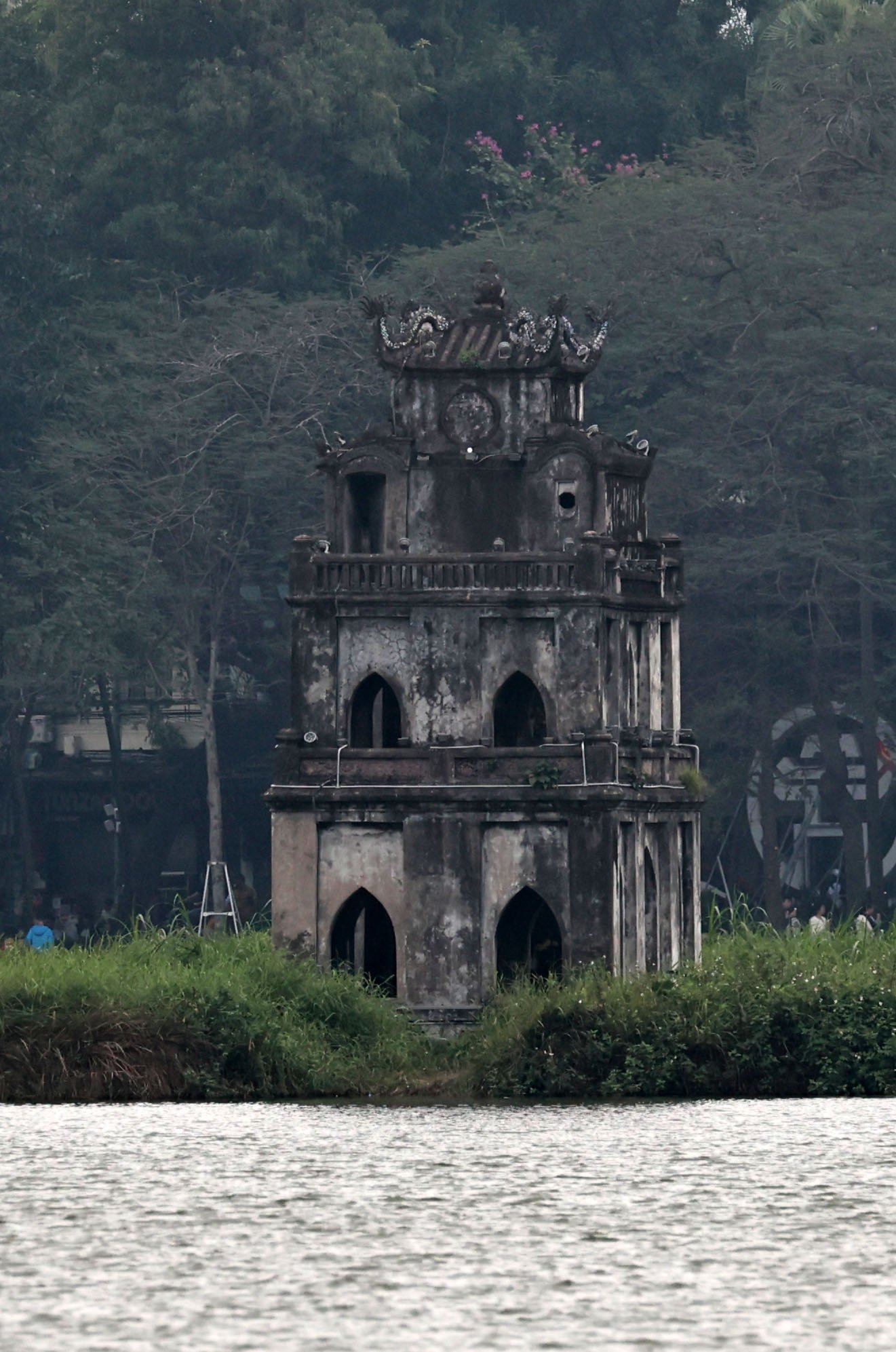
Turtle Tower

Two beauties strolling the streets of Hanoi

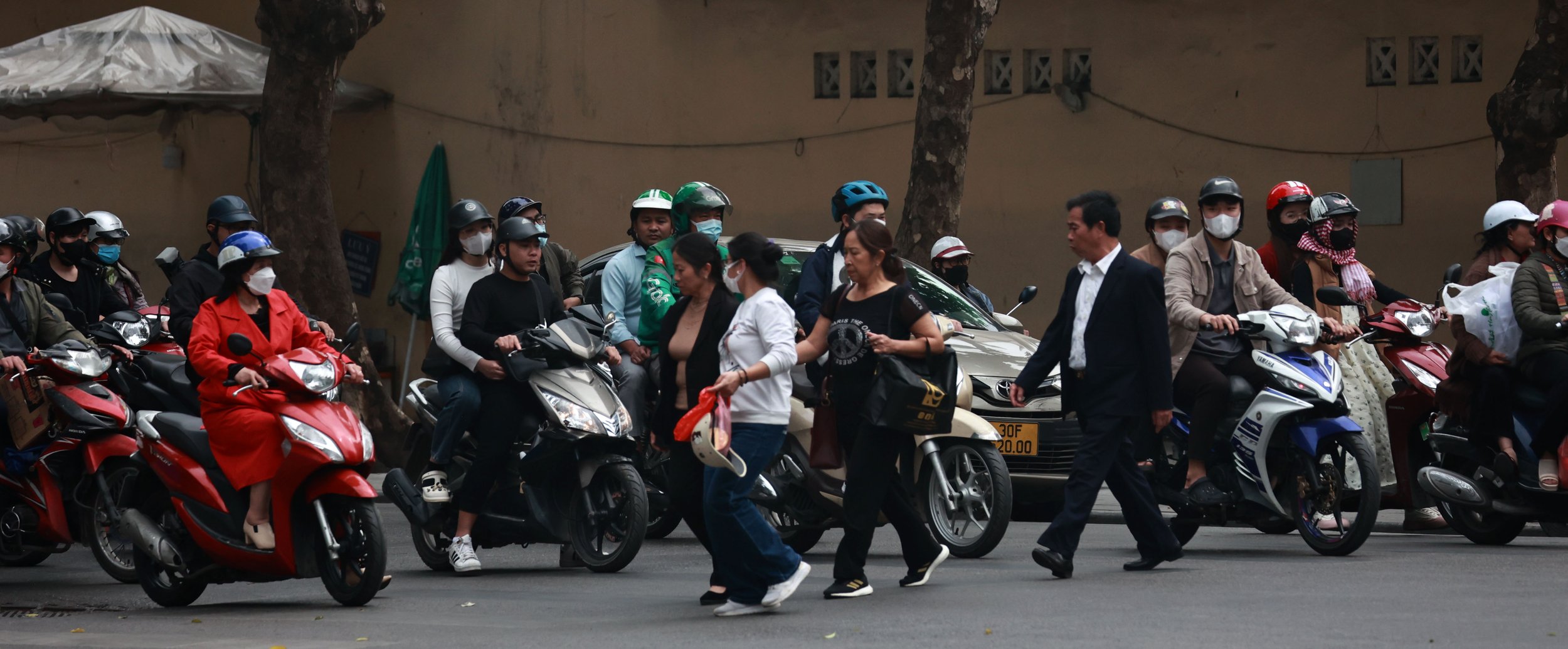



Cat Ba Island
Seeing the fabled Cat Ba Langur has been a pipedream of mine since I learned of its existence. Interestingly though, up until a few months ago, seeing this critically endangered primate was nearly impossible unless you happened to spot them in their limestone karst realm from a passing tourist boat. But with the help of Tuan and his local contacts, we were able to go a bit deeper into the core area of their habitat with hopes of spotting some of these rare beasts.
The Cat Ba ferry is only a couple hours from Hanoi. The island is quickly becoming a massive tourist destination and luckily, we arrived the week after Tet (Vietnamese new year), and it was relatively empty and quiet. From what I understand, this is not always the case. After a half hour drive to the southeastern end of the island we found our lodging and got an early sleep to start our search before dark the next morning.
Our boat pilot was a local ranger for the national park, who knew the good locations for the various groups of langurs in the area. We immediately travelled by boat from the village right through some intensive fish farming operations and eventually into a lovely cove surrounded by gigantic karst mountains on all sides. This was the core area – and only about 15 minutes from the intensive fish farming zone. It was still dark, and the tide was quickly going out when we arrived. We anchored our boat a few meters off a large karst mountain where the ranger said there was a family group that usually sleeps in one of the small caves on the side of the mountain.
As the light began to improve, we started to see some movement about midway up the mountain. Too dark for pictures though…. But I had my first Cat Ba Langur! Very exciting! It wasn’t much to look at however as the light was so poor and he was just clinging on to the side of the cliff face perhaps having actually slept right there all night.
It wasn’t long before the light improved and as many as five adults put on a fantastic show for us – all along one of the most sheer cliff faces imaginable! How they were able to cling on to the near 90-degree karst face is incredible. We spent nearly an hour with them hoping for the light to improve. It did to some extent but we were eventually forced out due to the rapidly receding tide that was reducing the cove to a mudflat. I was happy with the images I was able to capture though. And watching their daring behavior on such a treacherous slope was simply incredible.
We spent the next hour or two searching for langurs in other areas outside the core zone, mostly along the open ocean areas of the exposed karst. Sadly the tide kept us from entering other areas of the core zone and we did not find any other groups. I was ecstatic enough already having seen our first and only group so well. This was a fantastic experience.
We returned to our original area to see if our first group travelled down the cliff to give better views, but the opposite was the case – they had climbed to the tops of the karst mountains and were heading to areas deeper inside the range. With this in mind, it is not guaranteed that one will see them, even if allowed into the core areas. I would plan for at least two full days in the area with one to two boat trips a day just to give a better chance seeing them. We were lucky for sure.
Cat Ba Langur (Trachypithecus poliocephalus)
Seriously death-defying!

Liana on Langur patrol!


Spectacular karst massif



Mountain terrain of Cat Ba Island

Gift getting a better view of the Cat Ba Langur

Liana LOVES Vietnamse Pho!

Cat Ba Island ferry

Cat Ba fishing fleet




Gondola tower from mainland to the island

Cat Ba Island gate
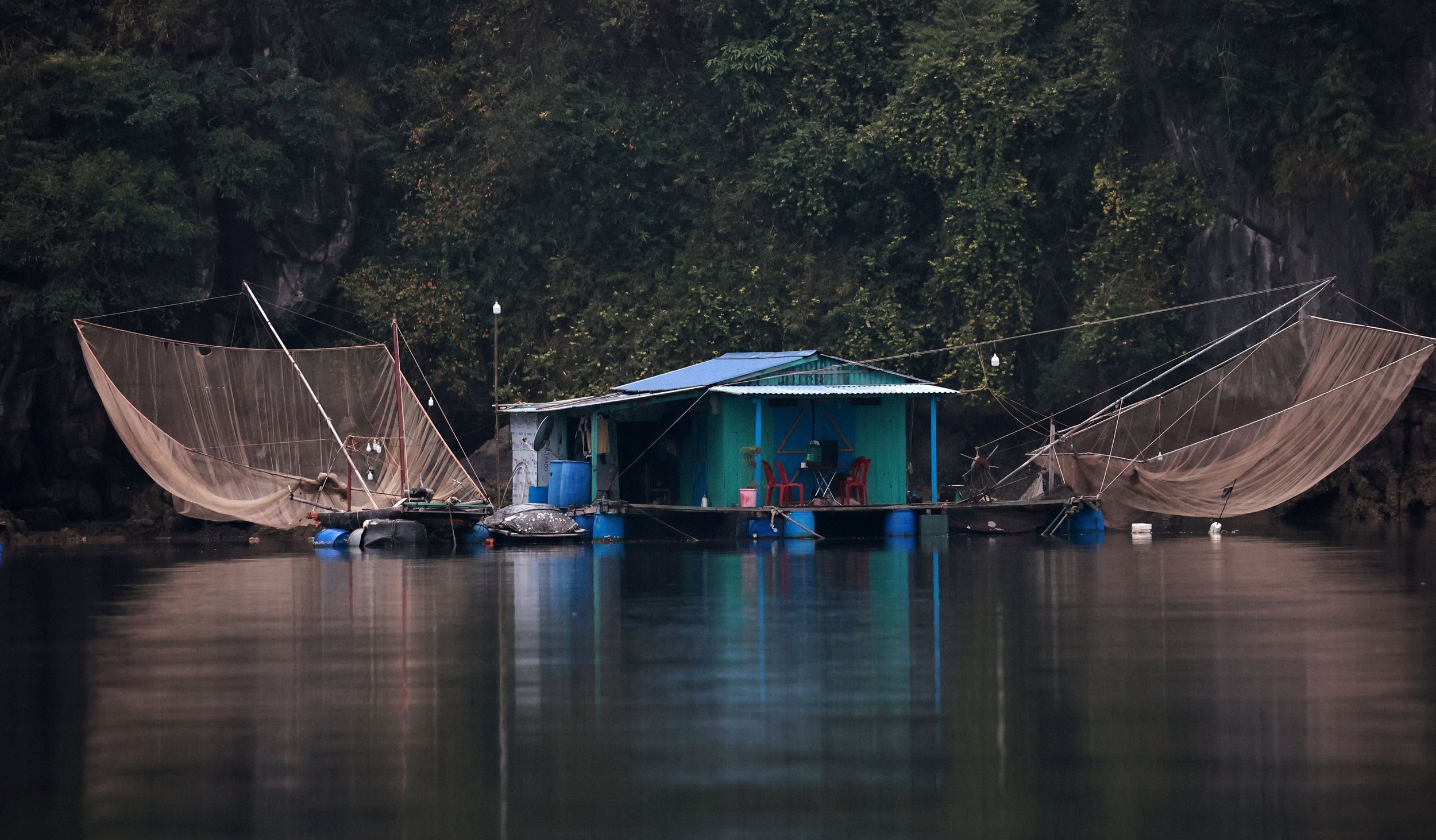
Small scale aquaculture operations
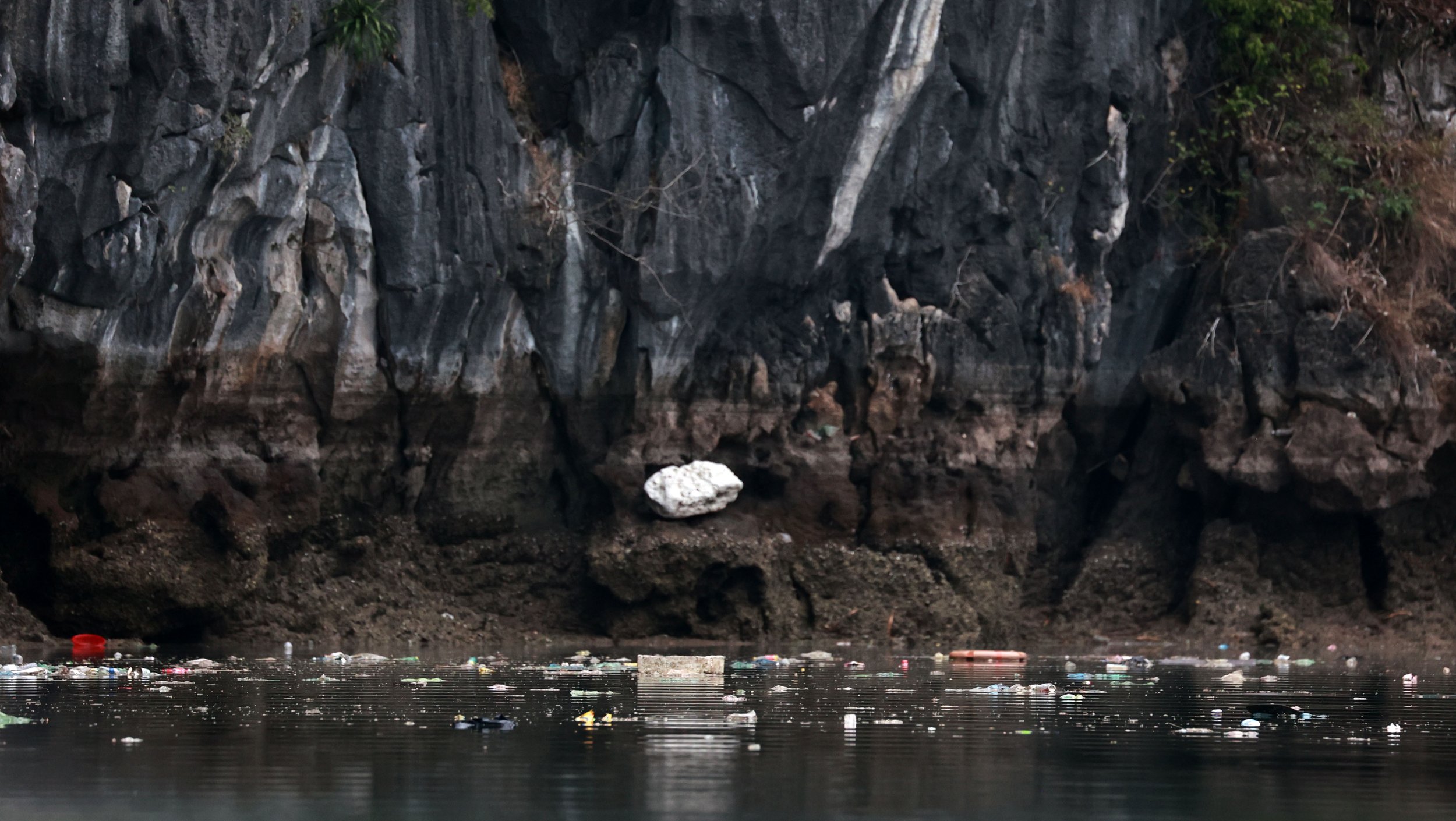
I was bummed to see the amount of plastic debris in the waters of Cat Ba. Evidently they do have a clean up crew that works weekly...

So peaceful...

Carrion Crow (Corvus corone) were one of the only birds seen on Cat Ba Island


Black-eared Kites (Milvus lineatus) are a primary predator of the young Cat Ba Langur
Van Long Wetlands, Ninh Binh
A few hours drive from the Cat Ba ferry, was our next target – Delacour’s Langur. While this species is critically endangered, it has been quite well seen and photographed by primate watchers over the years. We had a full day and a half blocked out for our attempt to see these gorgeous primates.
Ninh Binh is an absolutely spectacular area of the planet. With massive karst limestone massifs and spectacular rice fields and villages, it is an area worth visiting even without the langur as an excuse to be there. We spent two lovely nights at the Van Long Family Homestay, which is a great spot to spend your nights while in the area. It is a family run operation with a very lovely garden and great food. Highly recommend! Liana found her new friend there too!
Early the next morning we travelled a few kilometers out of town to a fairly remote valley to start a trek deeper in to the core area of their range. Evidently the valley we entered is home to four family groups and one bachelor group, which is the one we had great views of within a few minutes and less than a kilometer stroll!
The group of 11 adult males gave us quite a show. They were very curious of us and showed no fear, perhaps evidence of no hunting pressure anymore. With less than 400 individuals remaining, the species had almost been extirpated by the bushmeat trade, where poachers could get as much as $50 each for the langurs.
Seeing so many langurs in their natural limestone karst habitat was absolutely spectacular! They provided ample photo opportunities, but the fog presented challenges for sharp photography. Still though, it was awesome to see them in their world. We trekked a bit more hoping for other groups, but we had our show for the morning, so we rested back at the homestay until later that afternoon.
Our afternoon was spent on the bamboo tourist boats that cruise through the Van Long Wetlands. While the boats are a purely touristic thing usually filled with the selfie crowd, they do often allow views of the langurs on the karst massifs. We cruised deeper into the maze of karst coves and passages and ended up with three more groups of langurs! Two were very distant and very high up but one group of three individuals were right at the river eating aquatic plants and were less than a meter away! Great views were had – too close in fact for my 400mm lens.
Next stop – Danang!
Delacour's Langur (Trachypithecus delacouri)
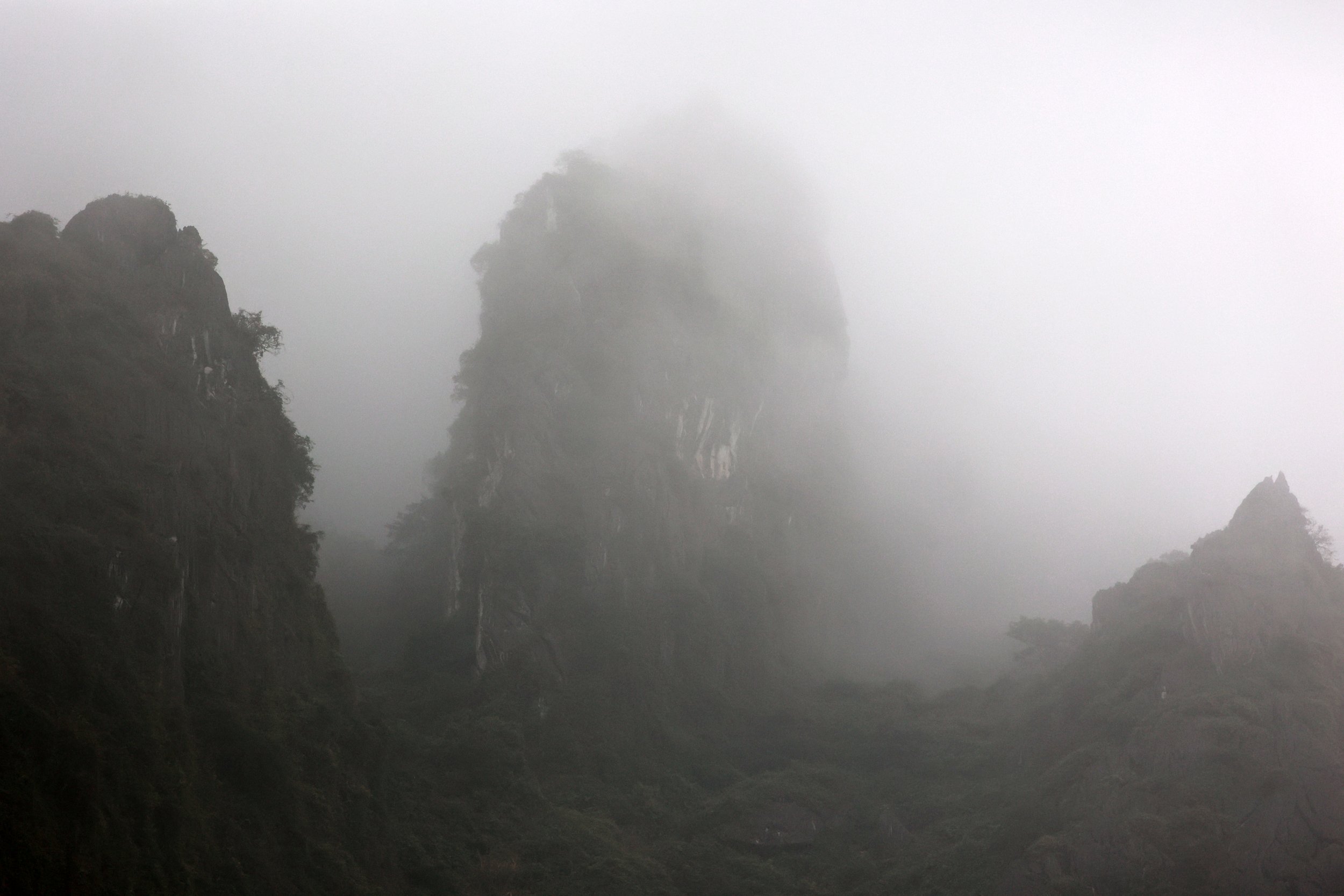
Fog was an ever present condition this season.
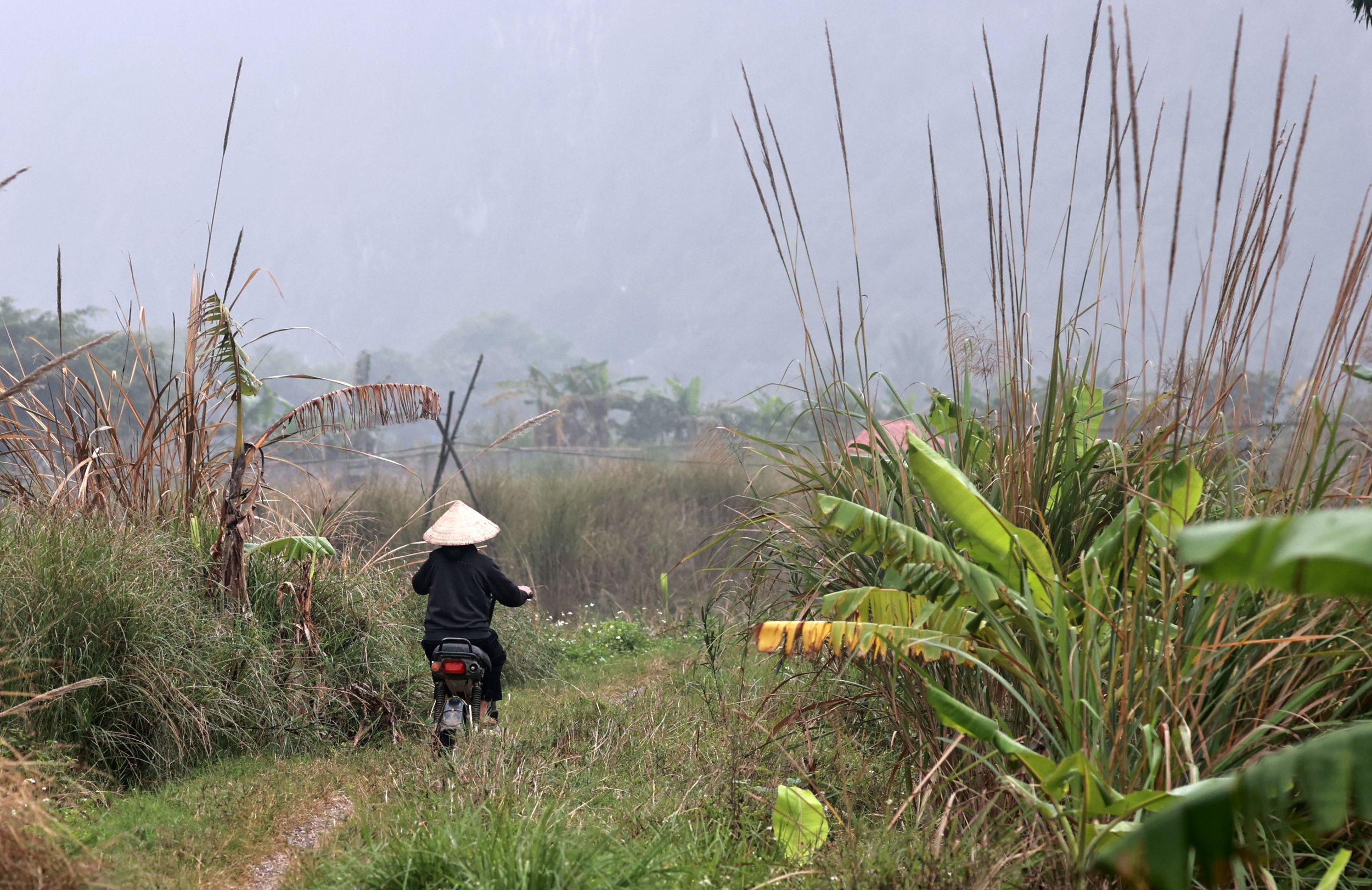
Van Long countryside
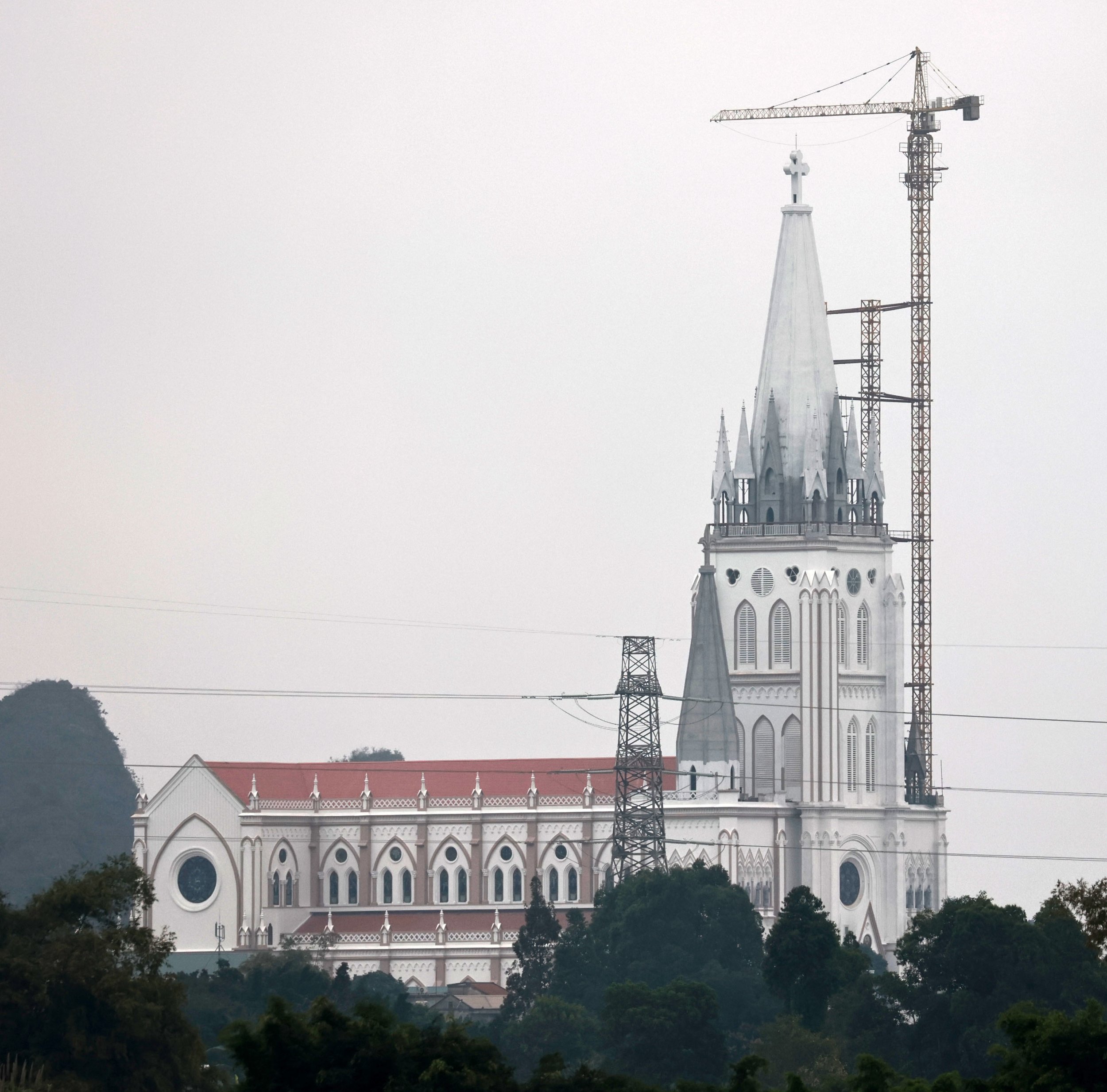
Ninh Binh is a very Catholic region of Viet Nam
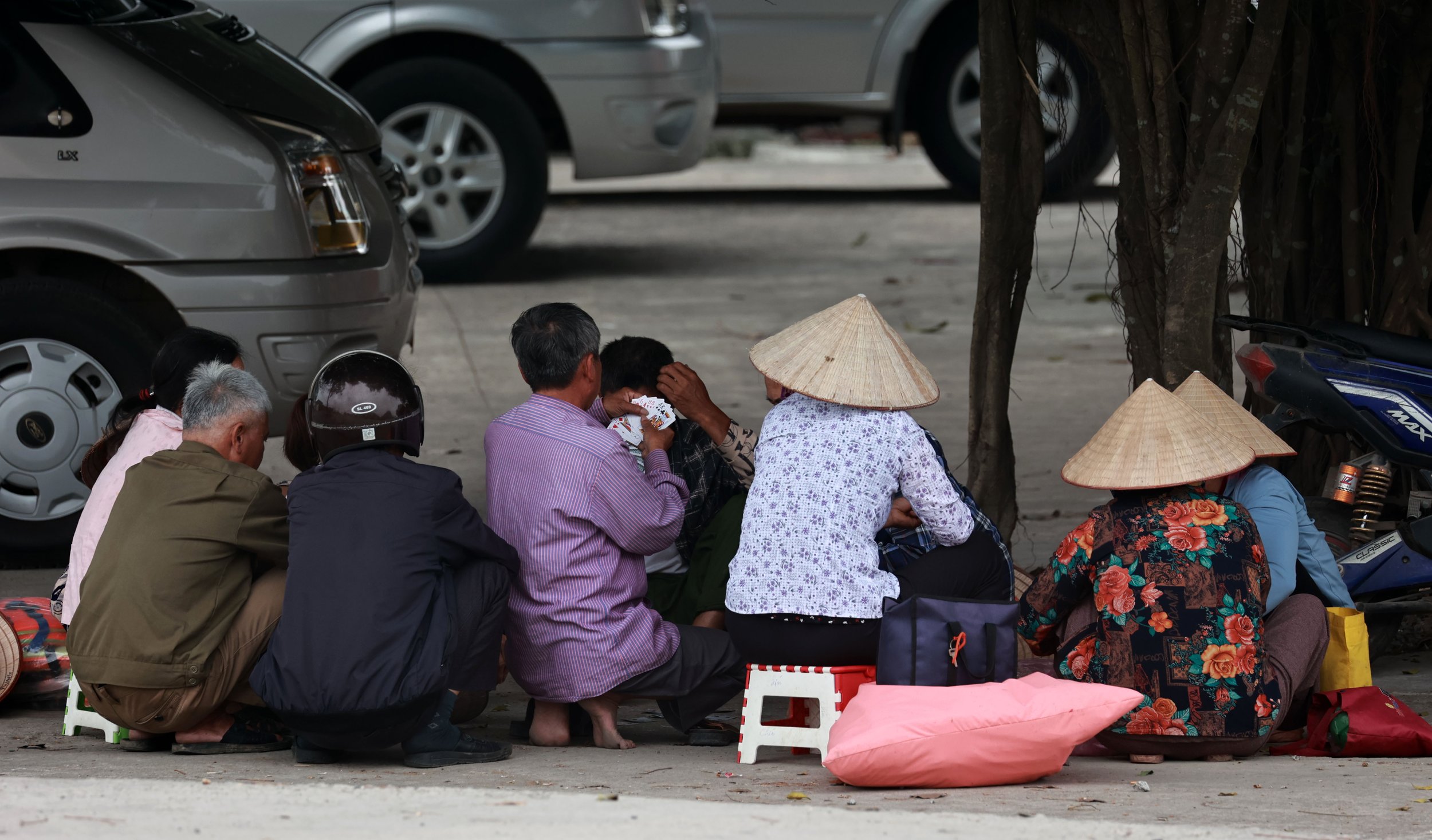
Gambling on the street...
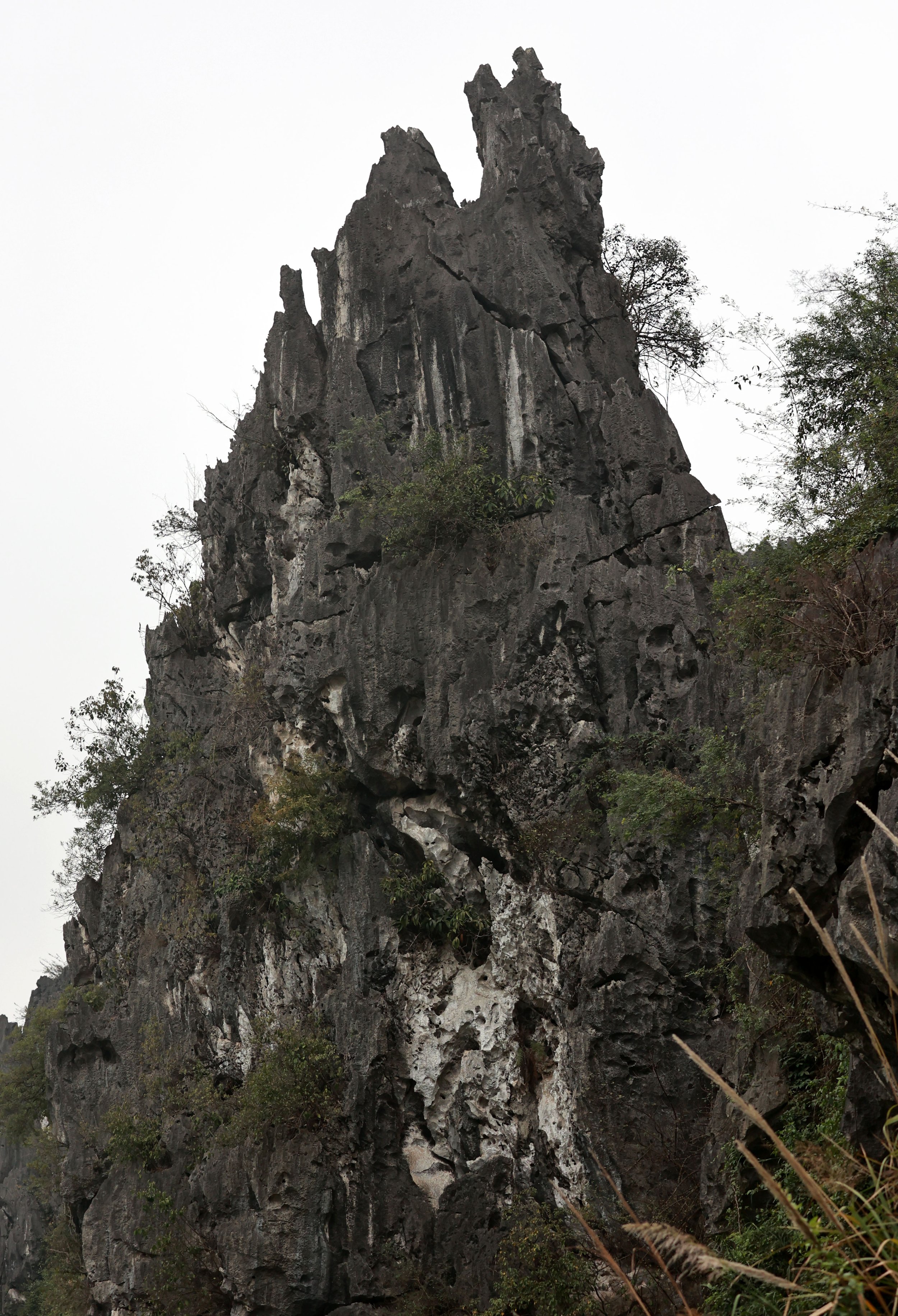
Karst massif
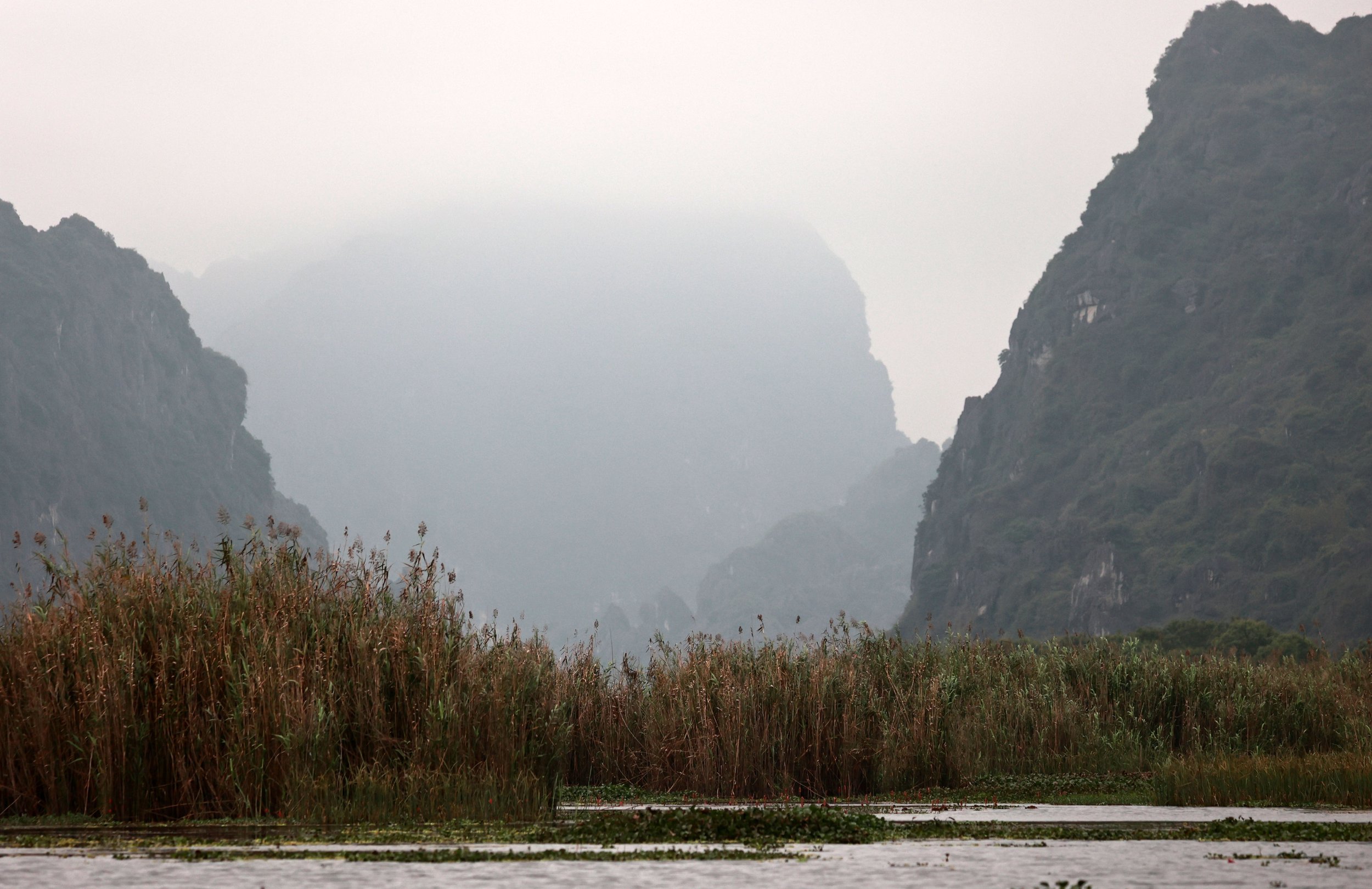

Liana loved the Vietnamese Pot-bellied Pigs.
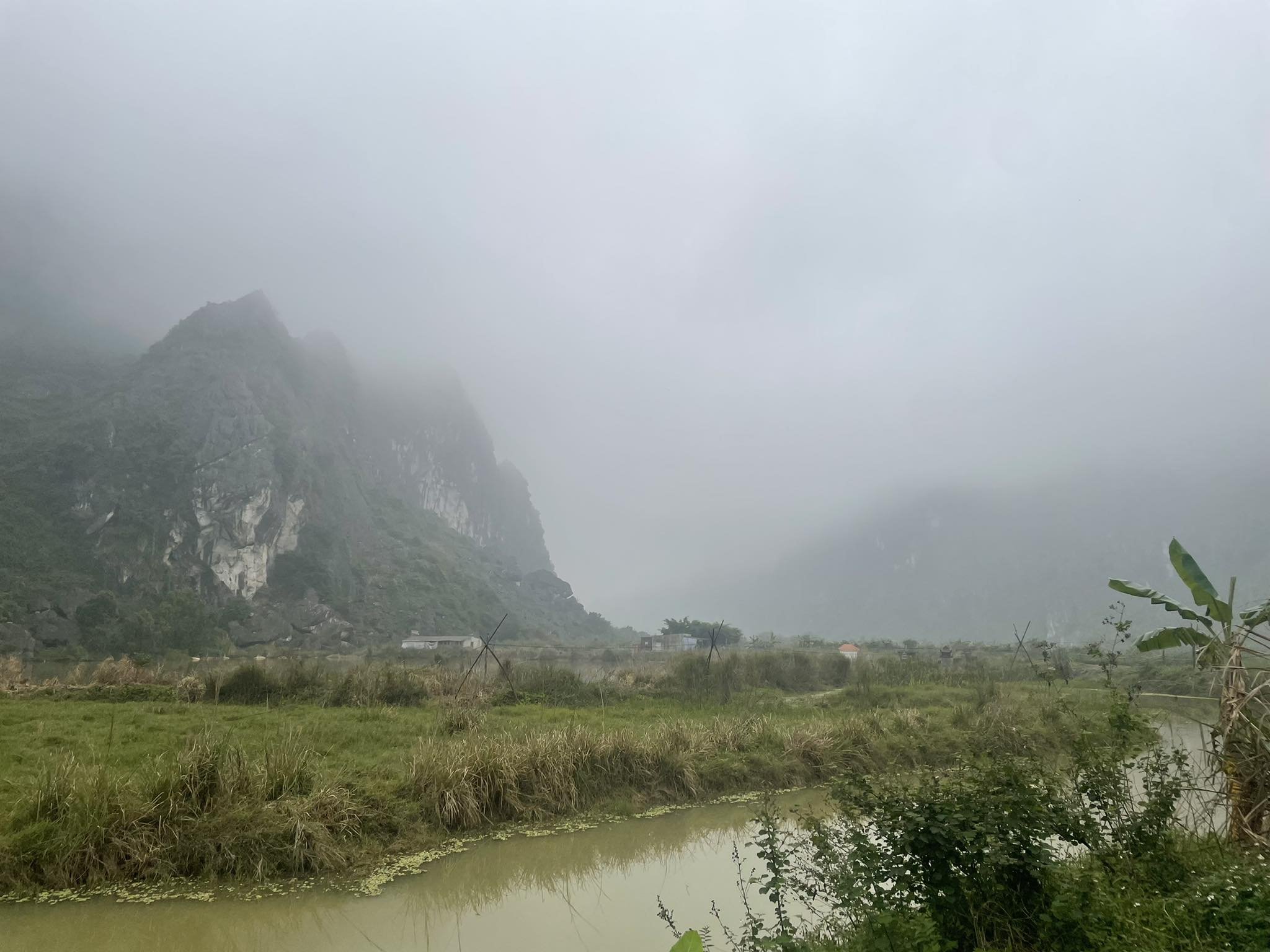
The valley of the Delacour's Langur
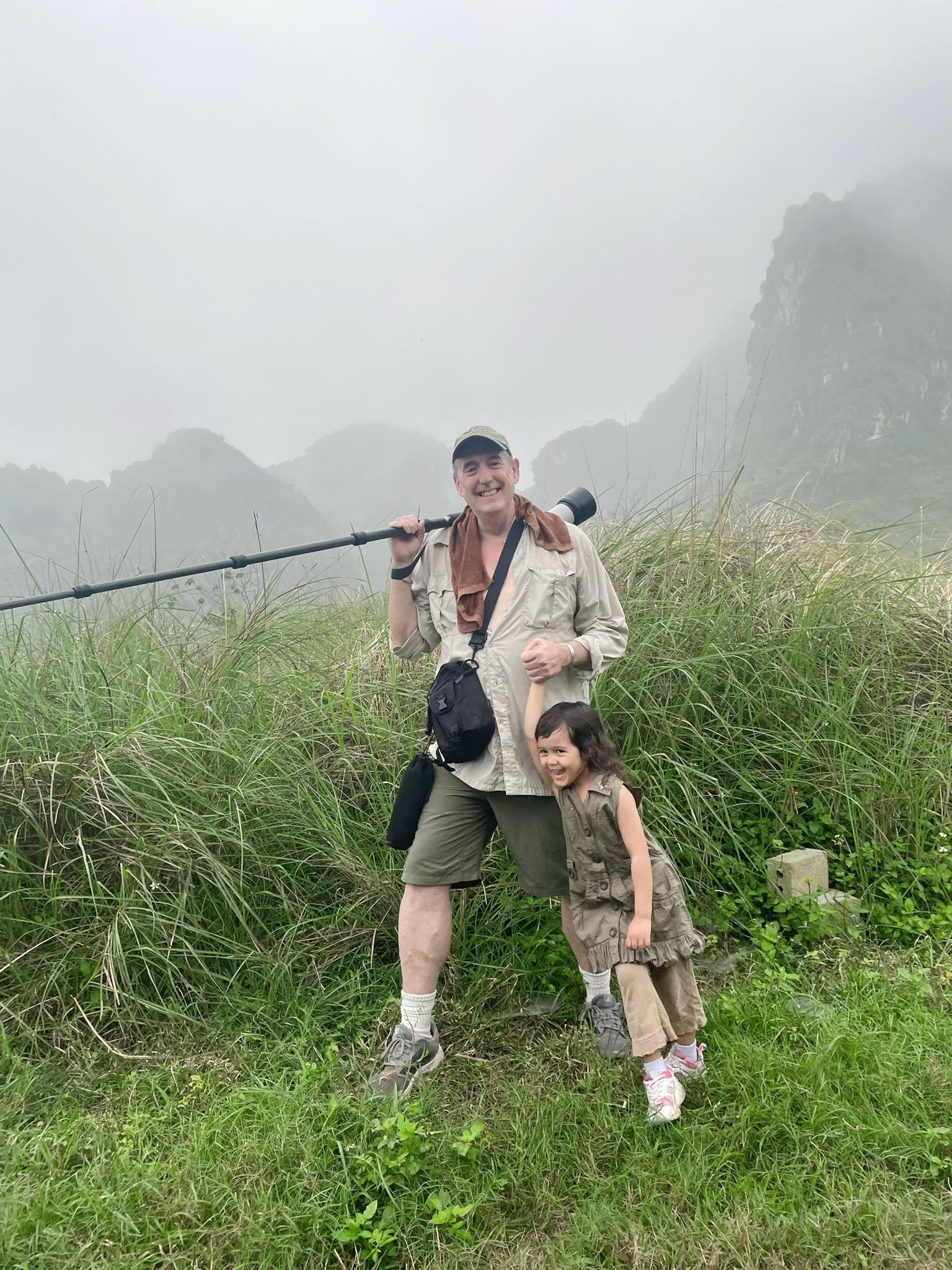
Trekking with my banana

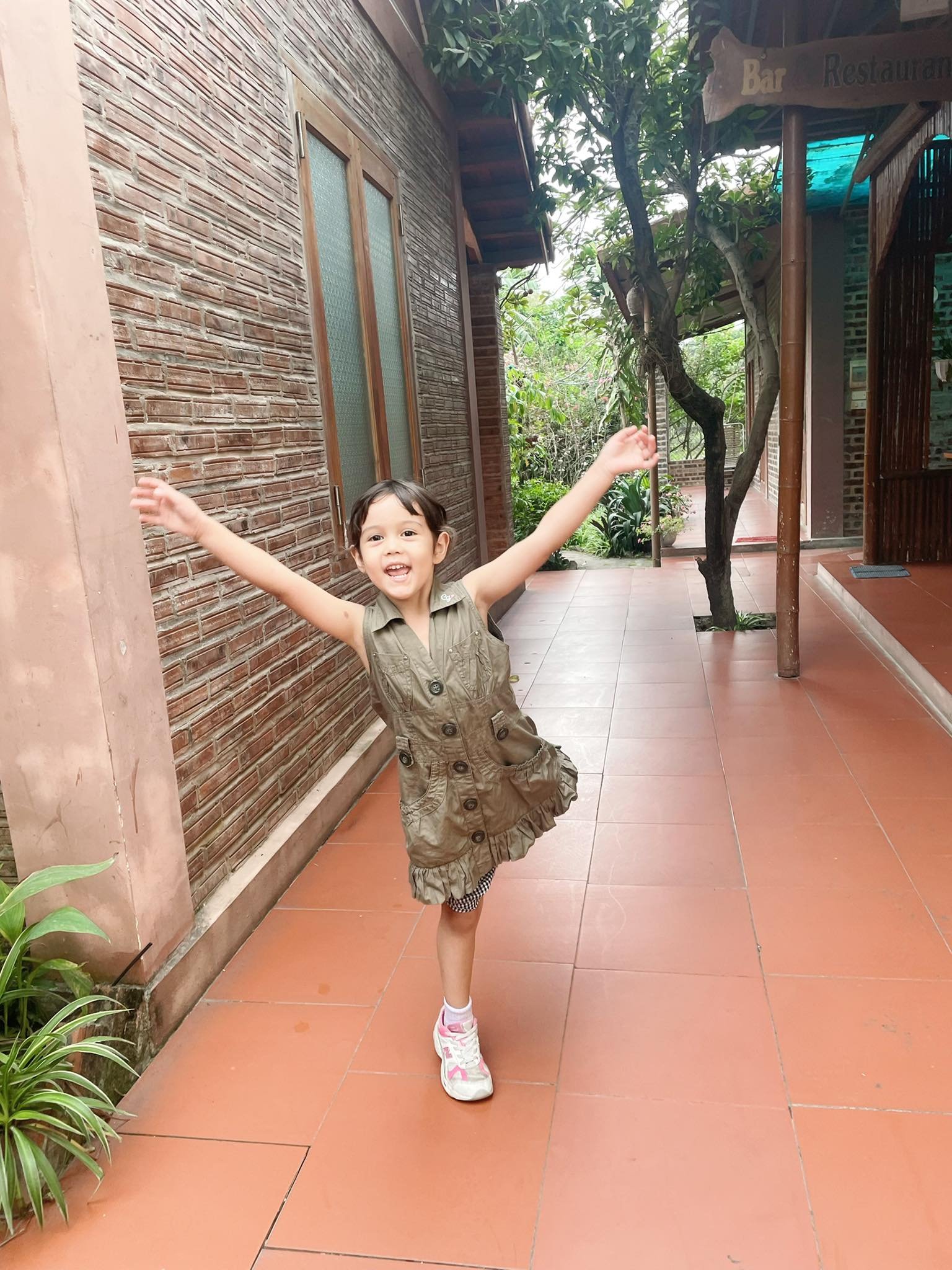
Van Long Family Homestay
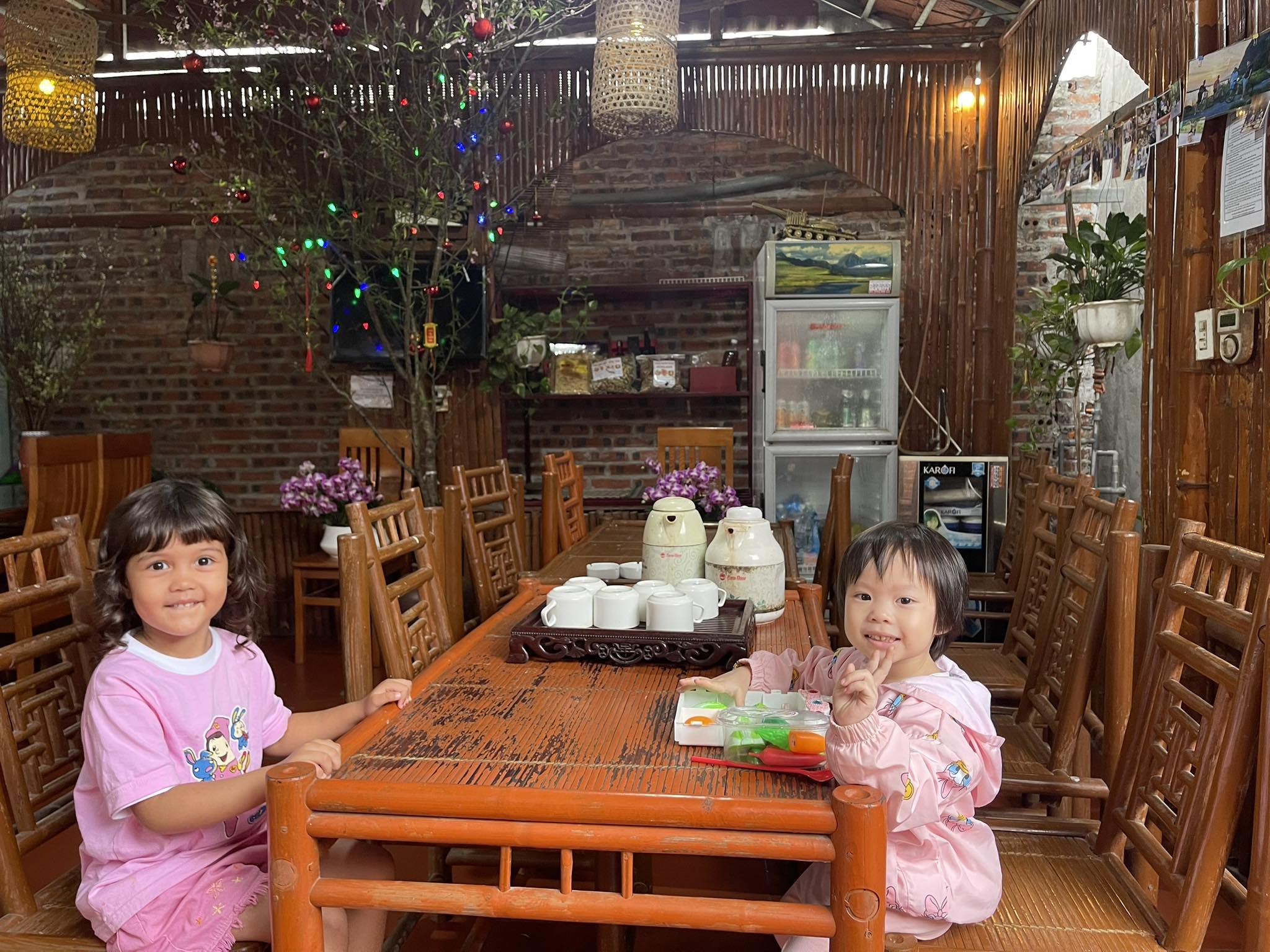
Liana and her best friend at the homestay
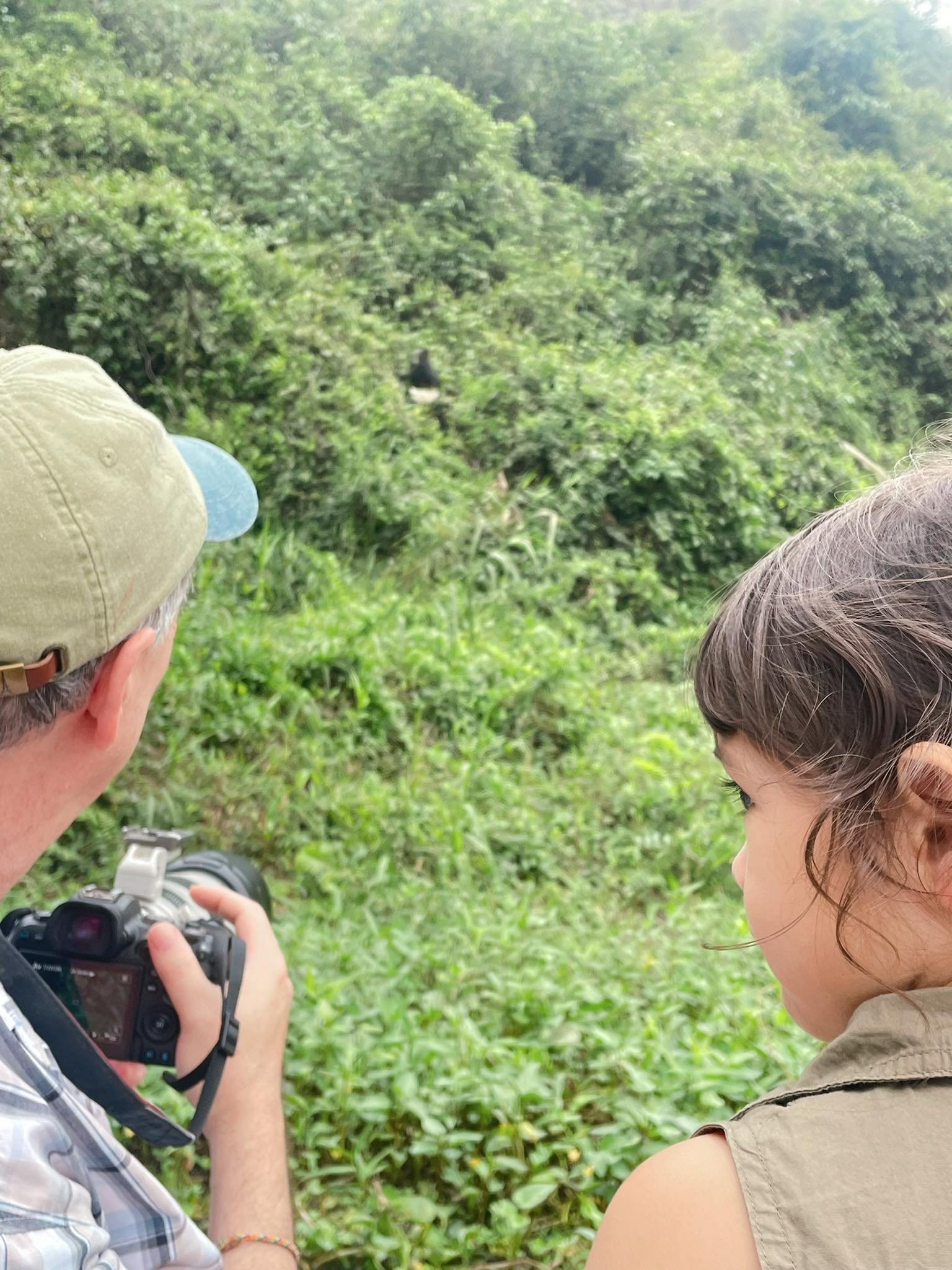
Showing Liana Delacour's!
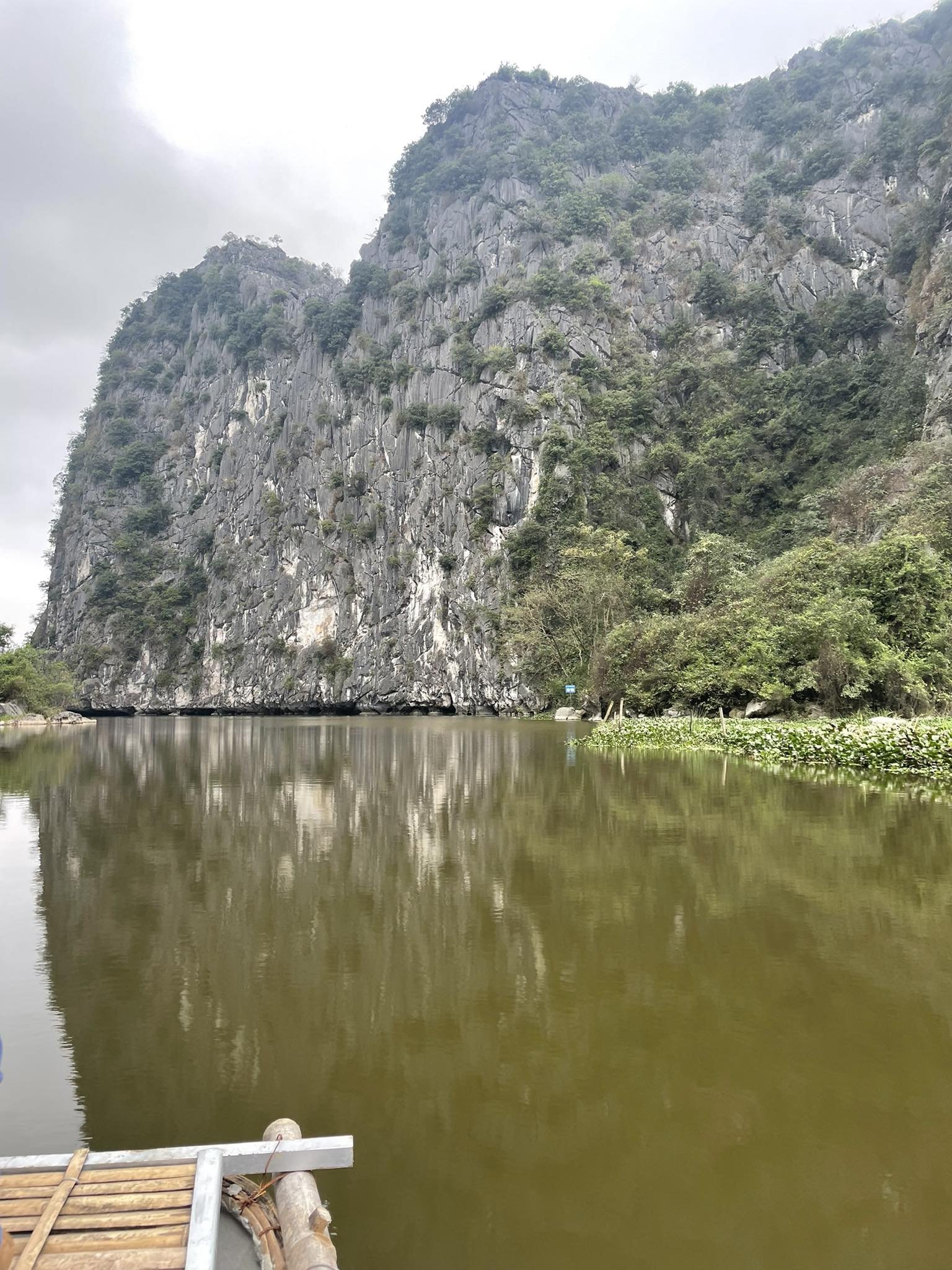
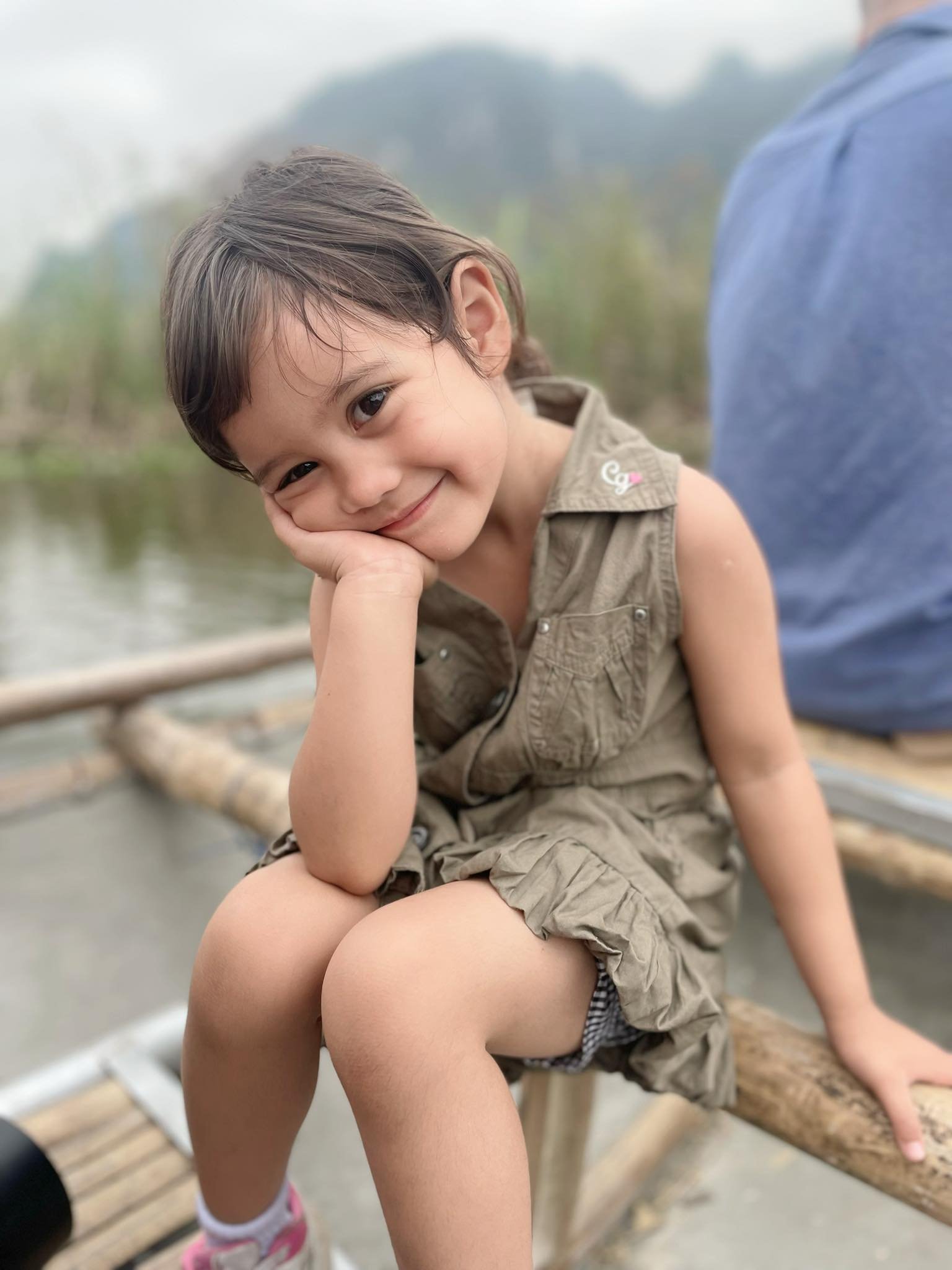
Banana in the Van Long Wetlands

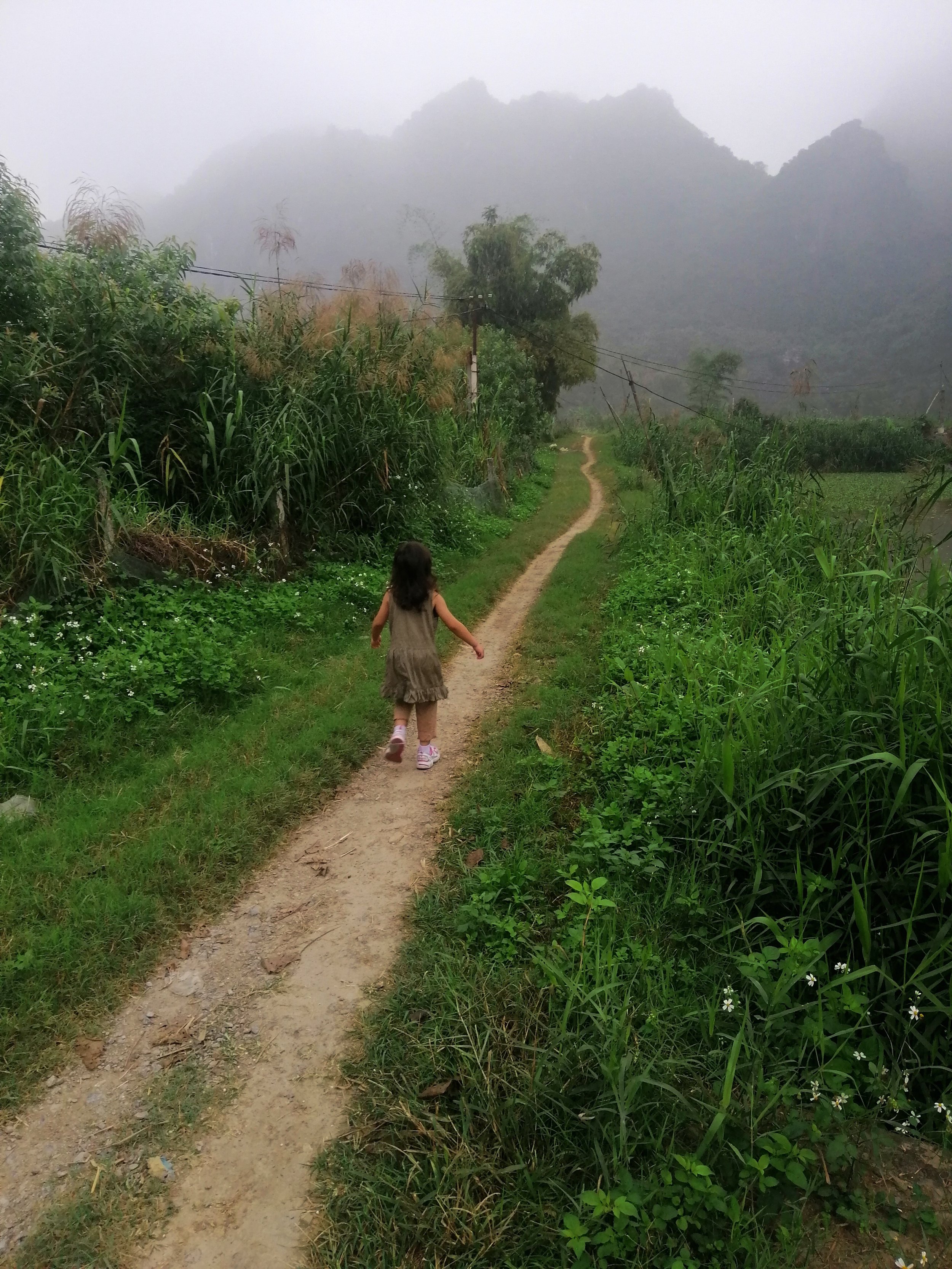
Liana loves exploring
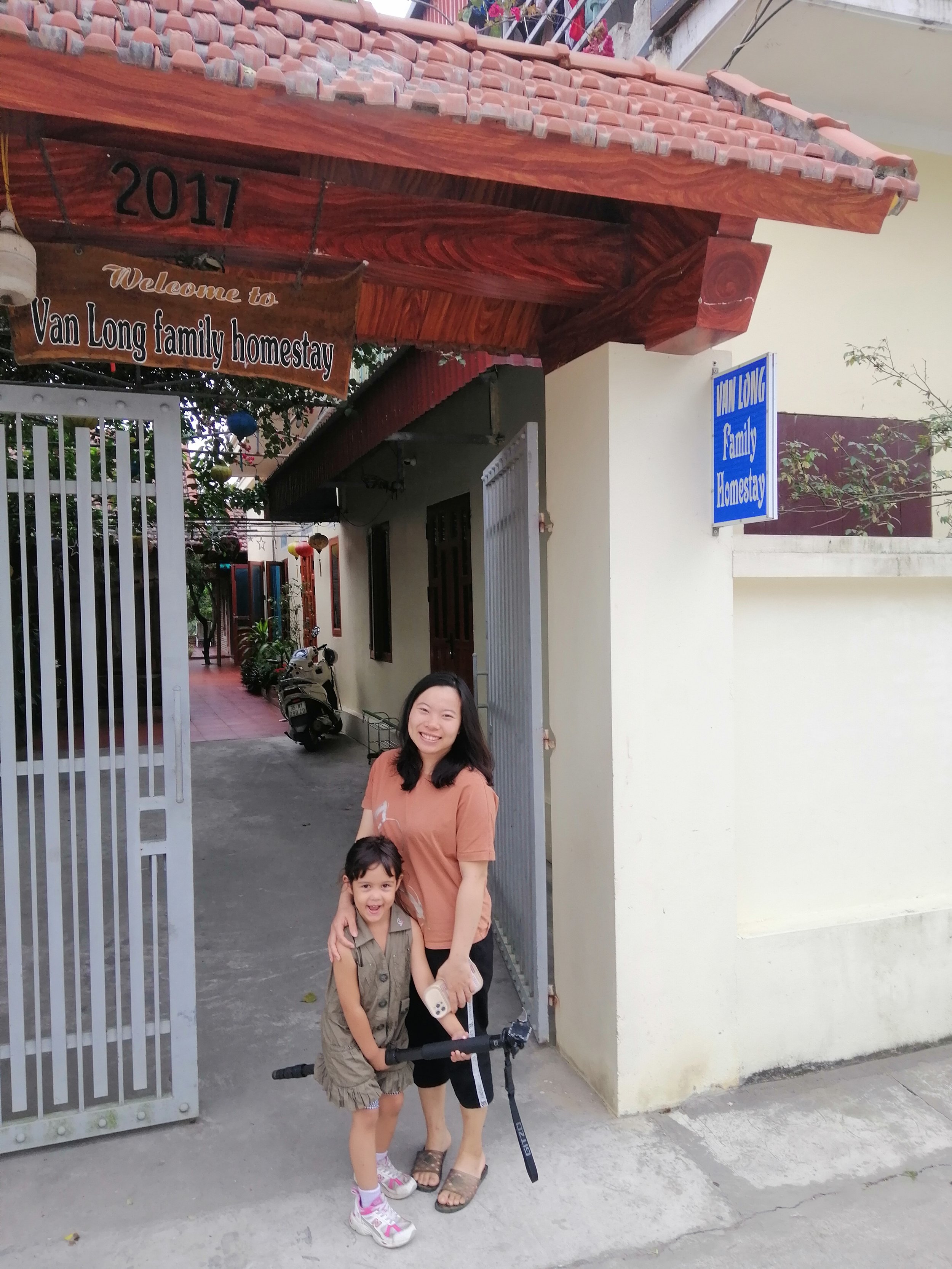
Nguyễn Tú Dạ Ngân, owner of Van Long Family Homestay

Scanning the karst for langurs

Liana loved the caves!

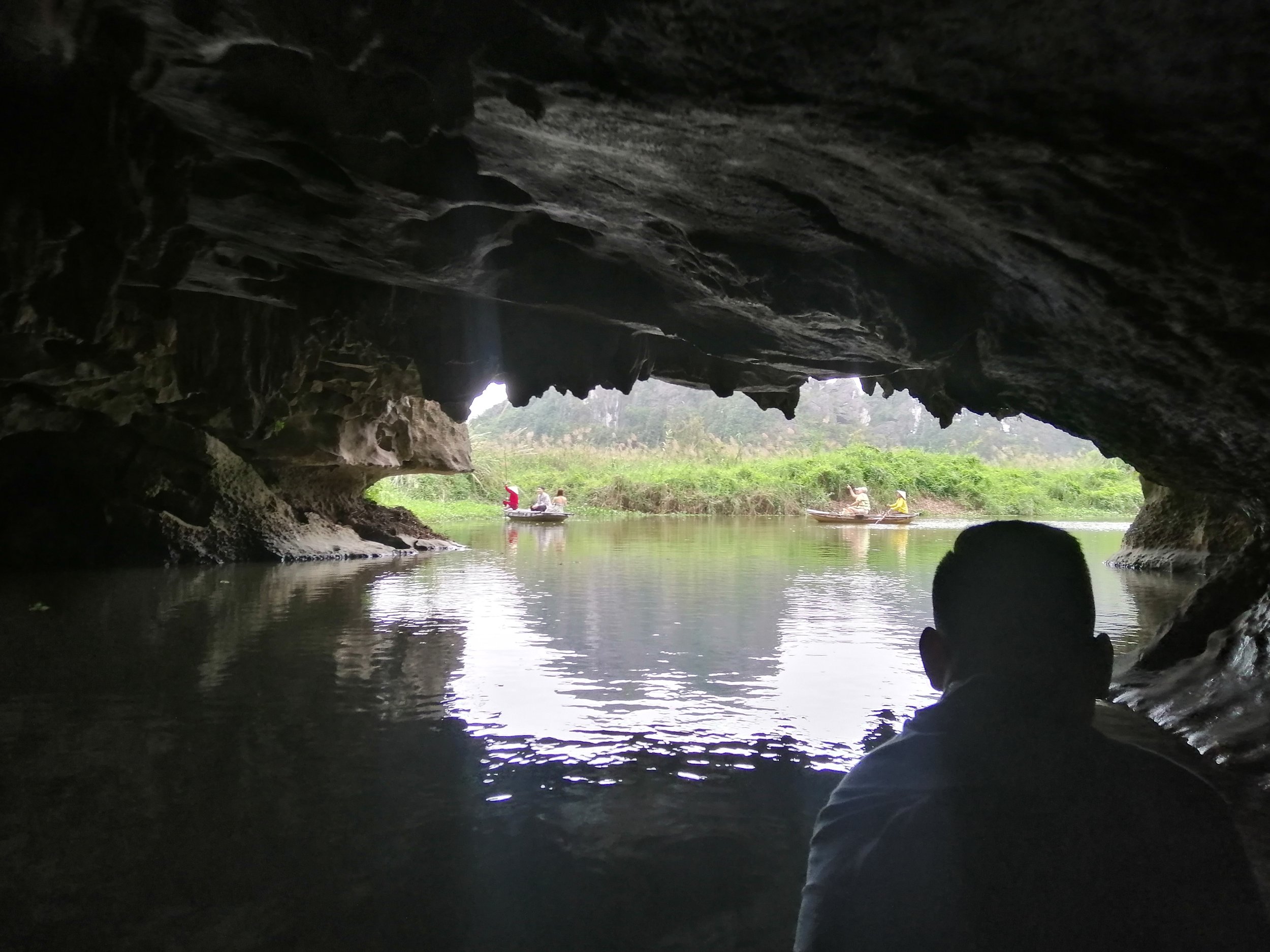

Domestic Muscovy Ducks (Cairina moschata) were seen in one of the ponds in the Van Long Valley


Viet Nam White Wagtail (Motacilla alba leucopsis)





Van Long and surrounding provinces are the original locations where Vietnamese Pot-bellied Pigs (Sus scrofa domesticus) were made



Danang and Son Tra Peninsula
I had not spent any real time in Danang since 1994 and wow has it changed. It is now a giant, modern seaside megalopolis with more seafood restaurants than anyplace I have ever visited. While we did spend some time exploring Danang for a day and a half on a rented motorcycle, our main goal was to try for better pictures of the Red-shanked Doucs on Son Tra Peninsula than I captured some years before.
With the help of Tuan’s local spotter, we spent the entire day with countless family groups of Doucs in many locations on the peninsula. The morning was extremely foggy, making photography a bit difficult but eventually we were treated to many amazing views of dozens of individuals in good light. None of the langurs showed any fear of our presence. The nature of the topography of the peninsula allows for eye level views of them in the canopy. Fantastic views!
Along with the great views of the Red-shanked Doucs, I did spot two species of Macaques – Indochinese Rhesus and Northern Pigtailed Macaques. Most of the Rhesus did appear to be hybrids and the Northern Pigtailed was no doubt a released individual as that species is not native to the area.
After a full day on the peninsula I finally had images of the most beautiful primate on earth that I could be proud of. In Vietnamese, the Red-shanked Douc is called the “Seven Colored Monkey” - see if you can count to seven! Took me awhile but I finally found the seventh color.
Red-shanked Douc (Pygathrix nemaeus)
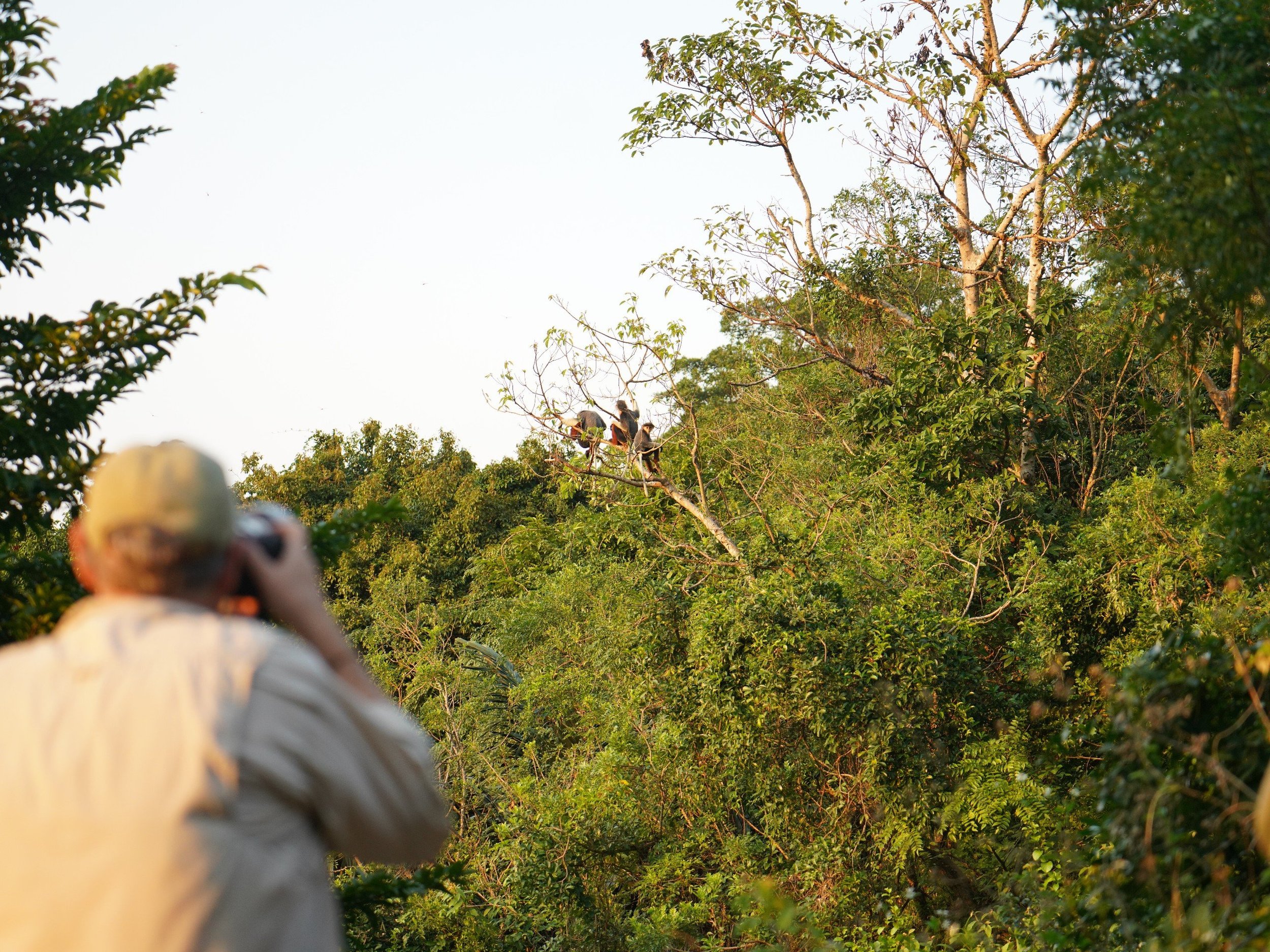
Getting those shots!
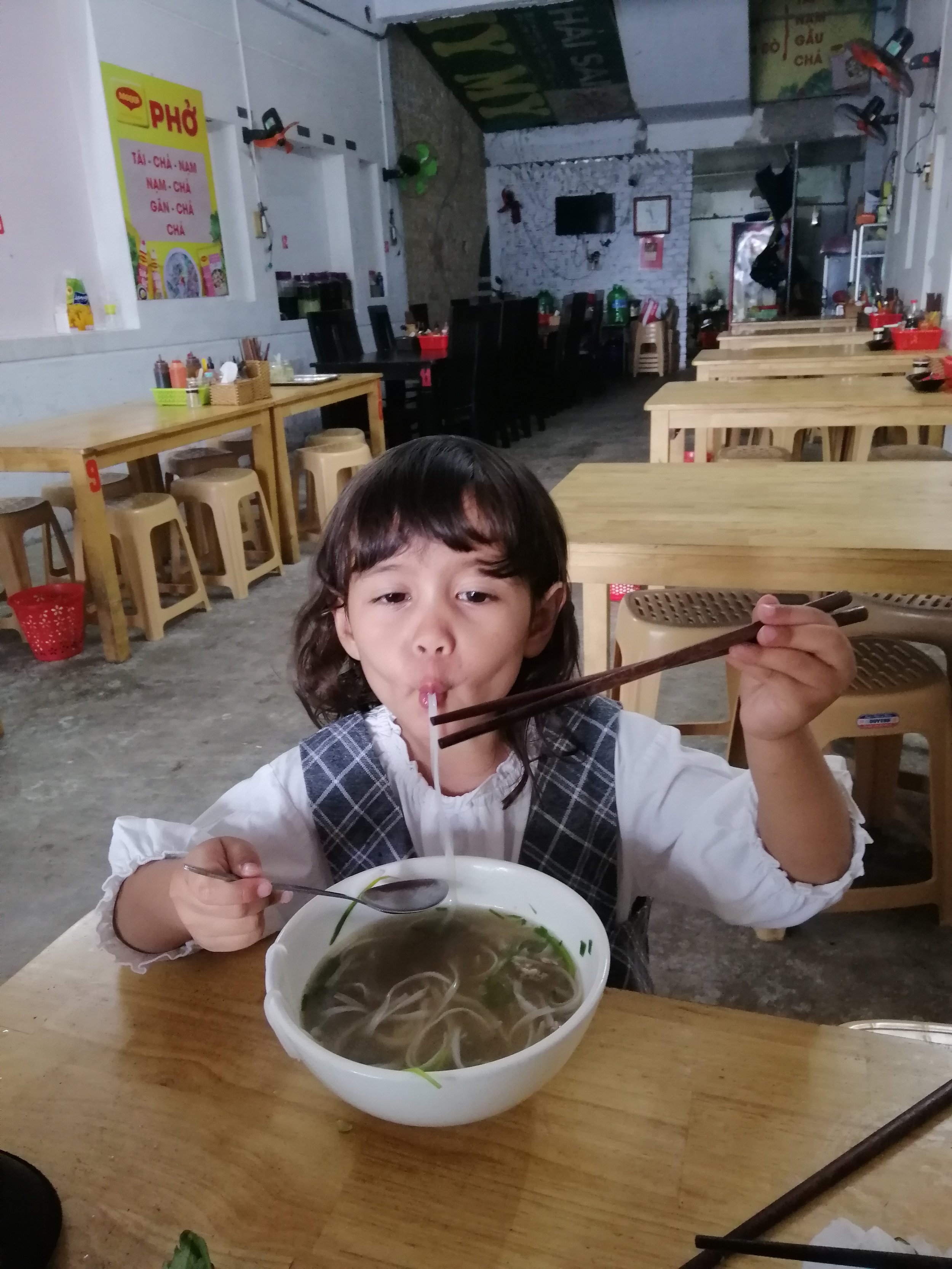
Liana LOVES pho!

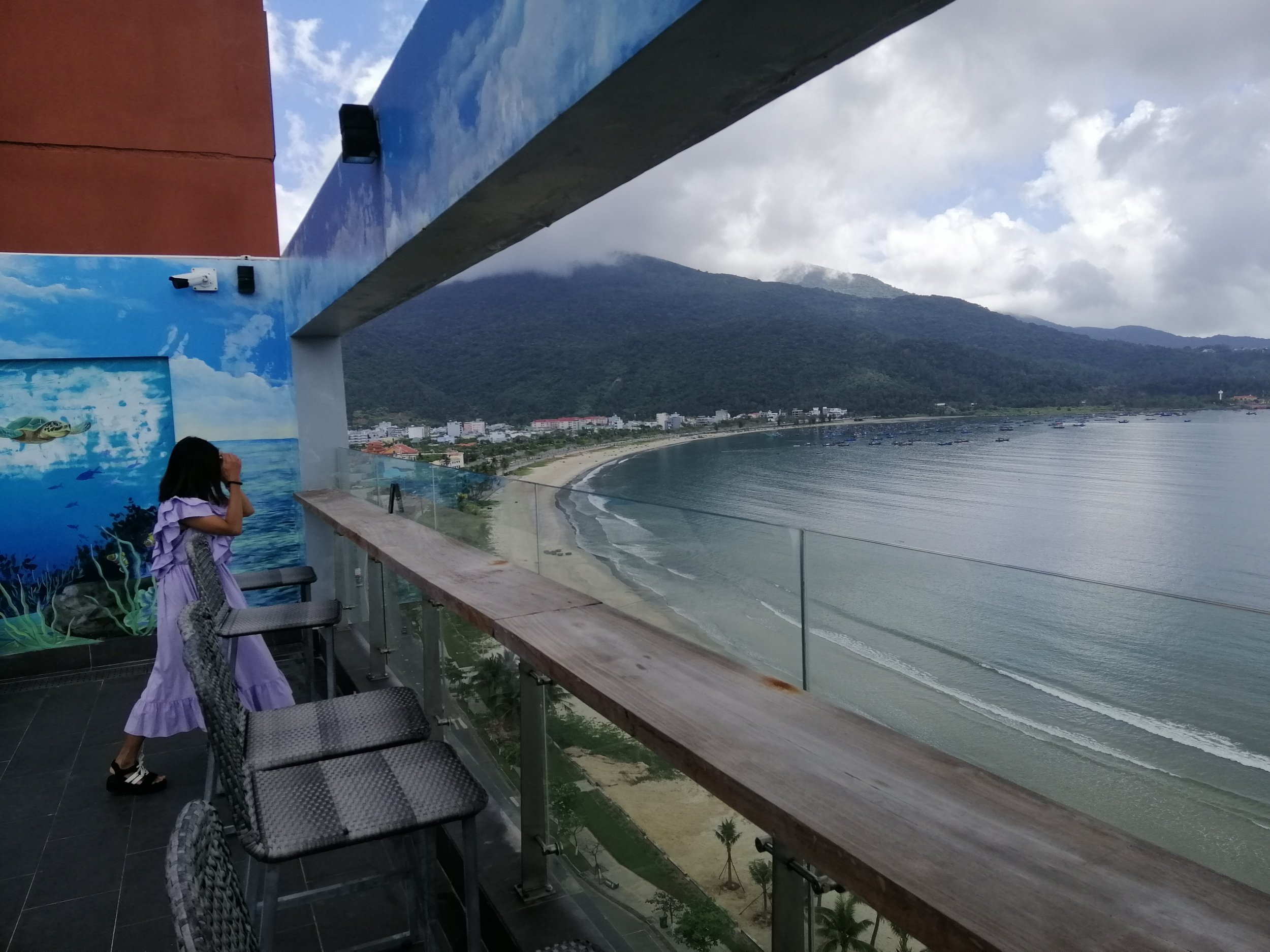
Views from the Nguyen Gia Hotel, Son Tra



Cruising the mean streets of Danang
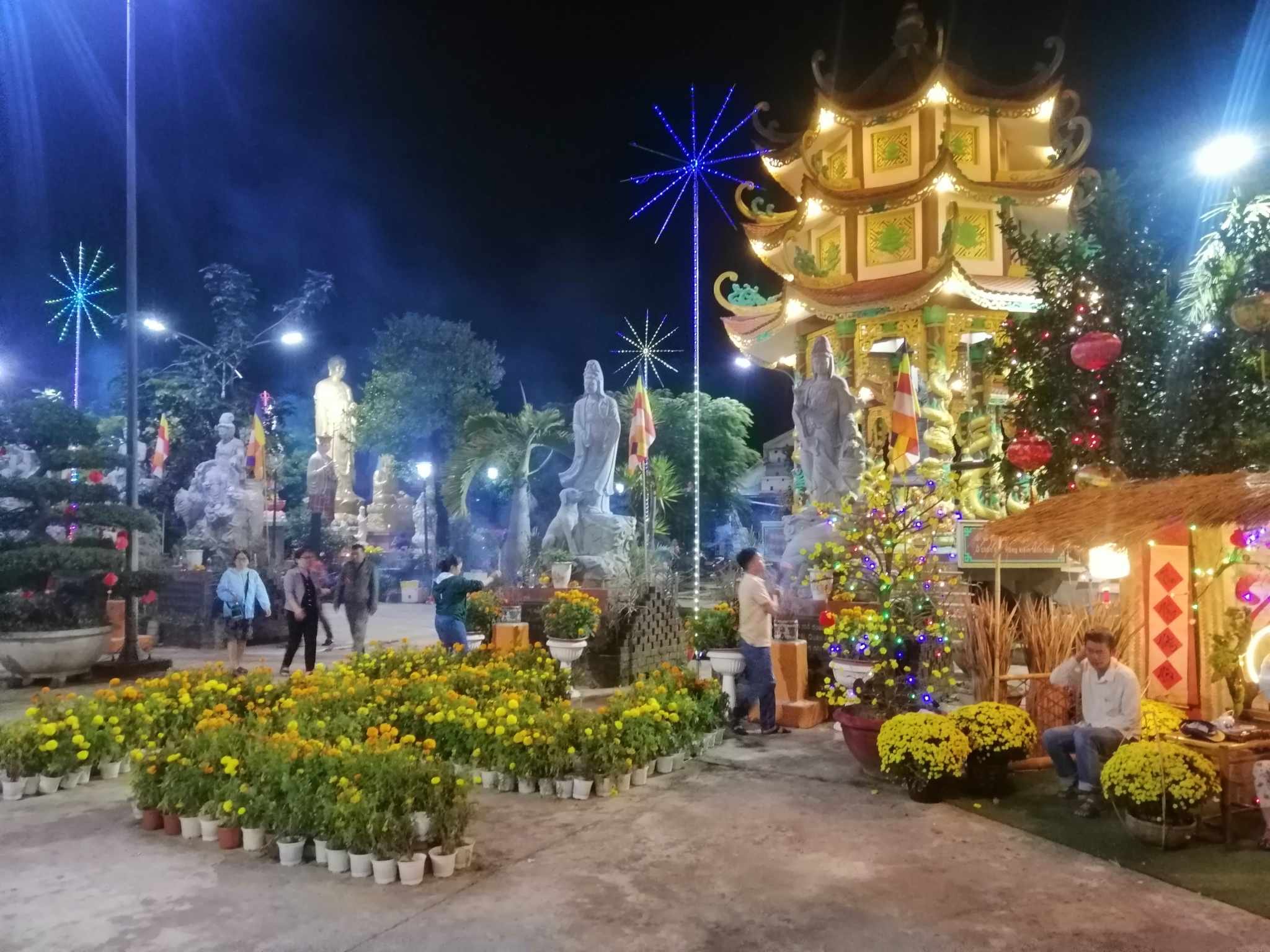
Random temple....
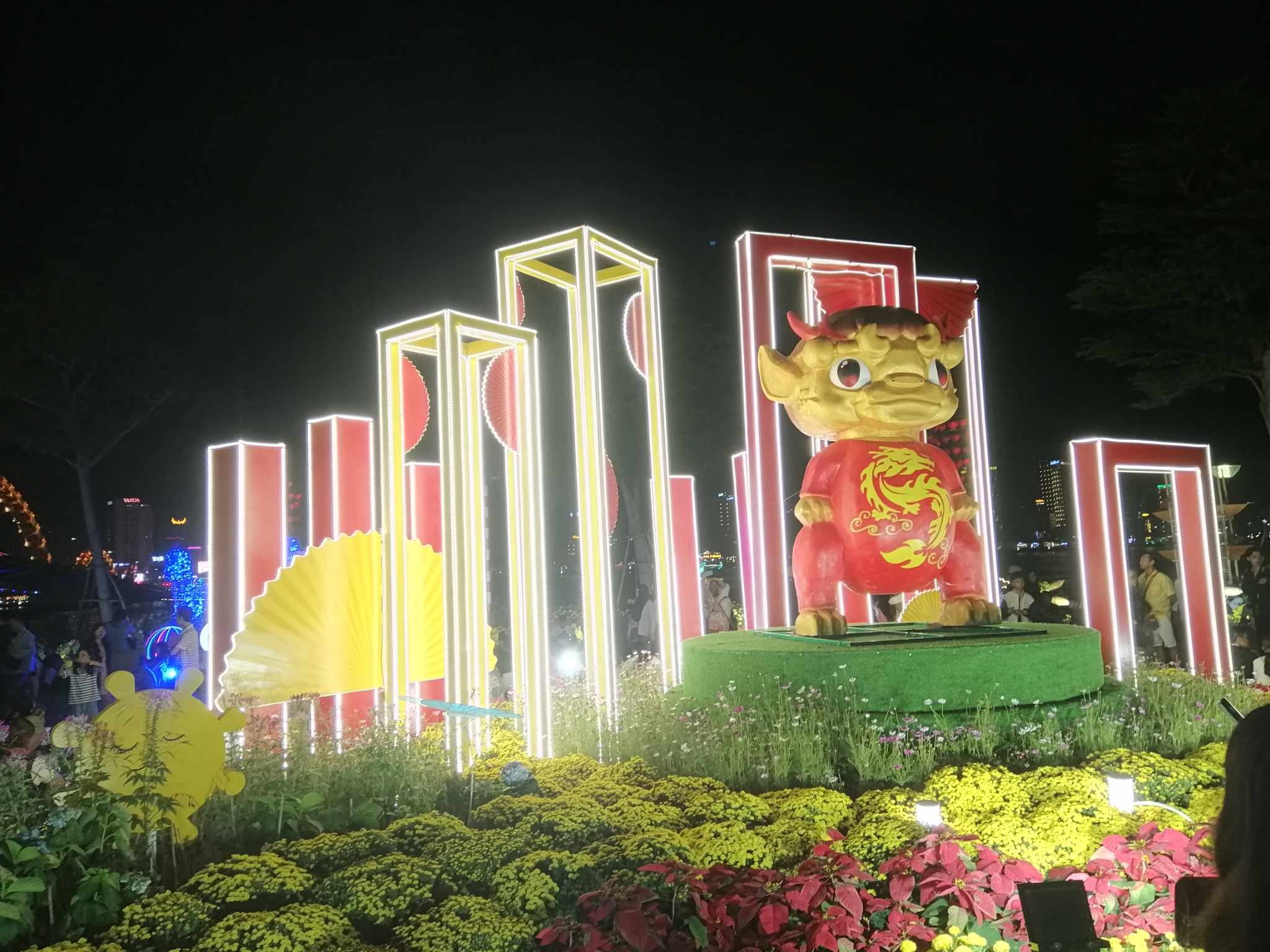
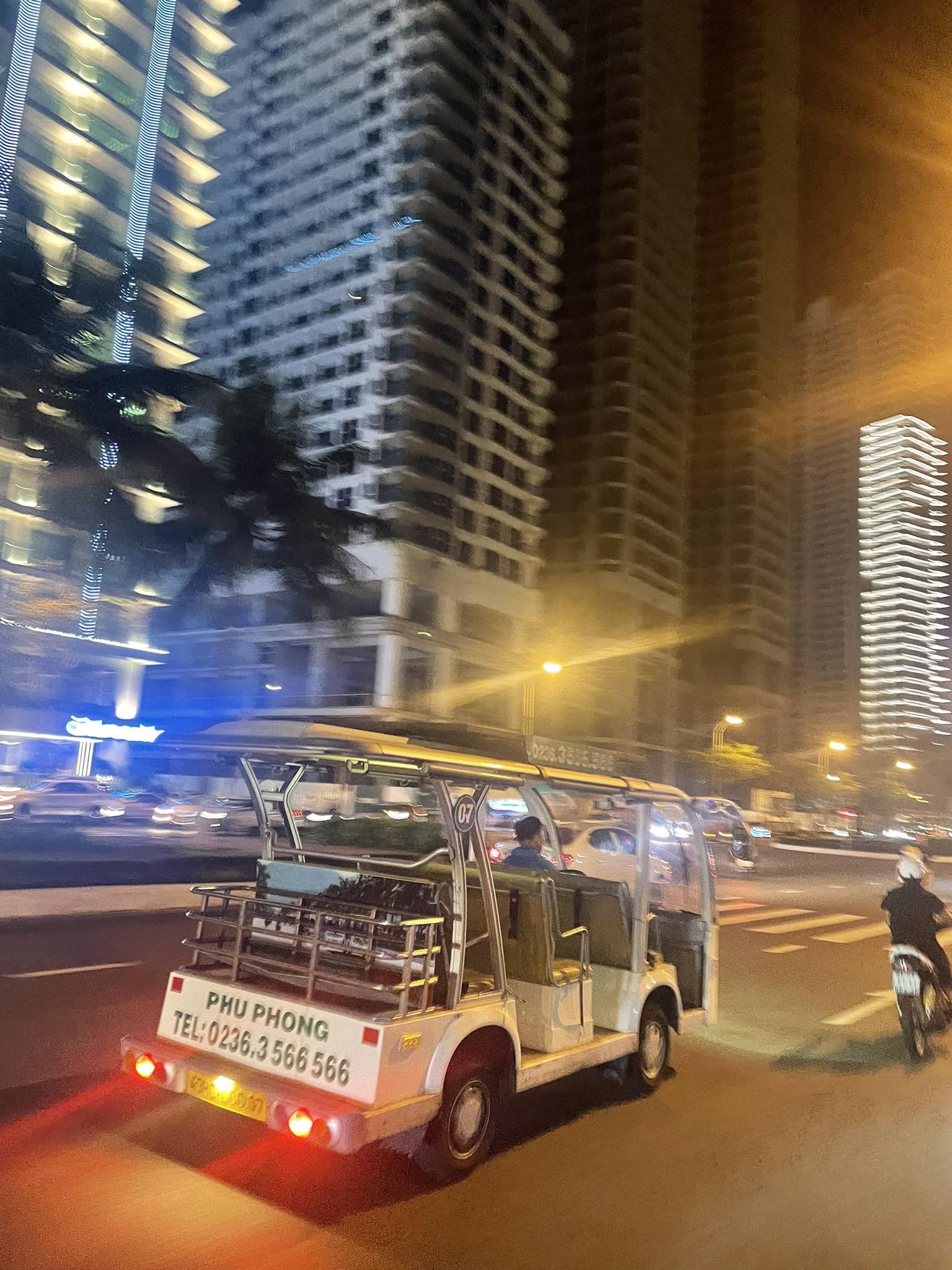
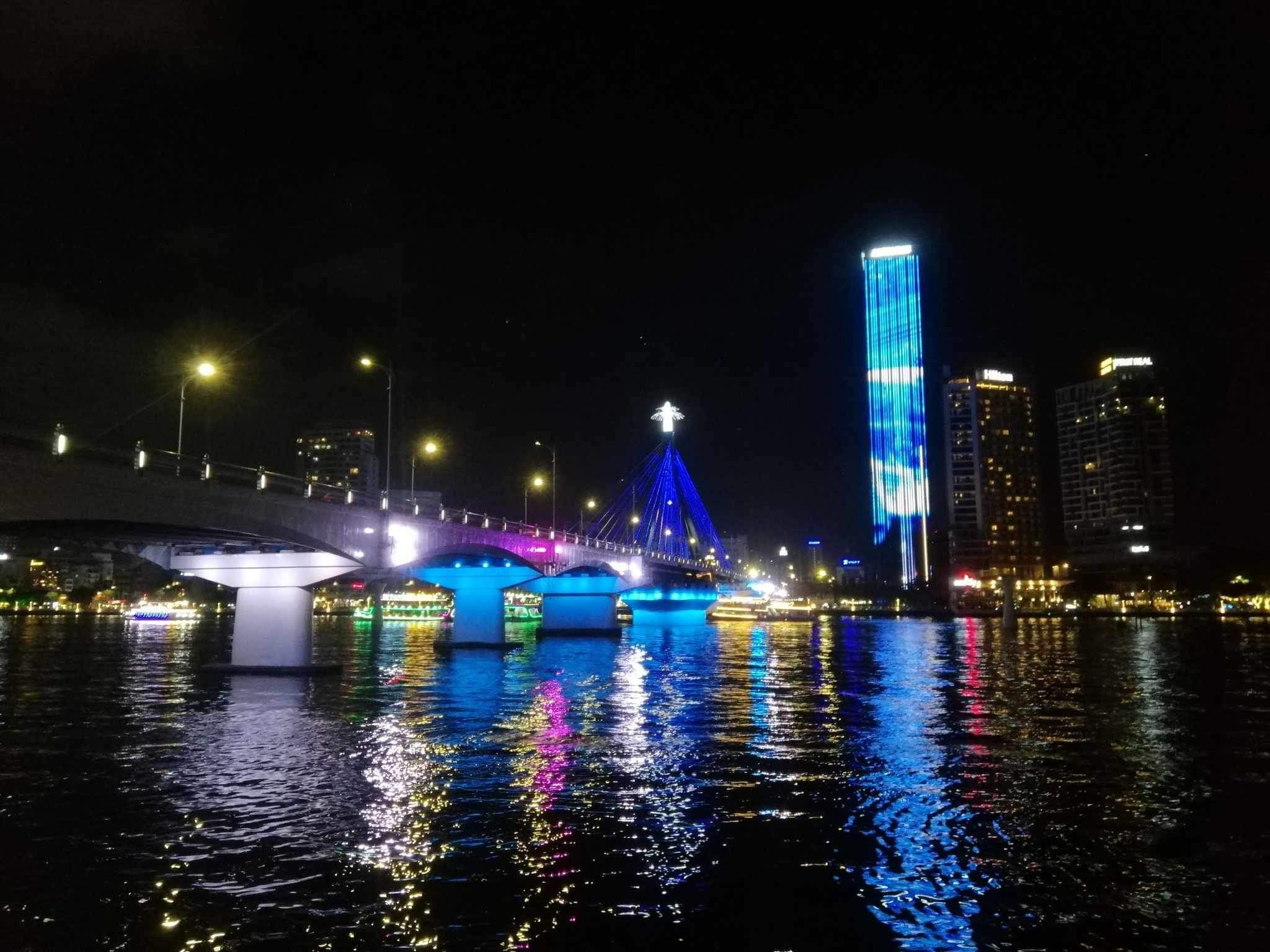
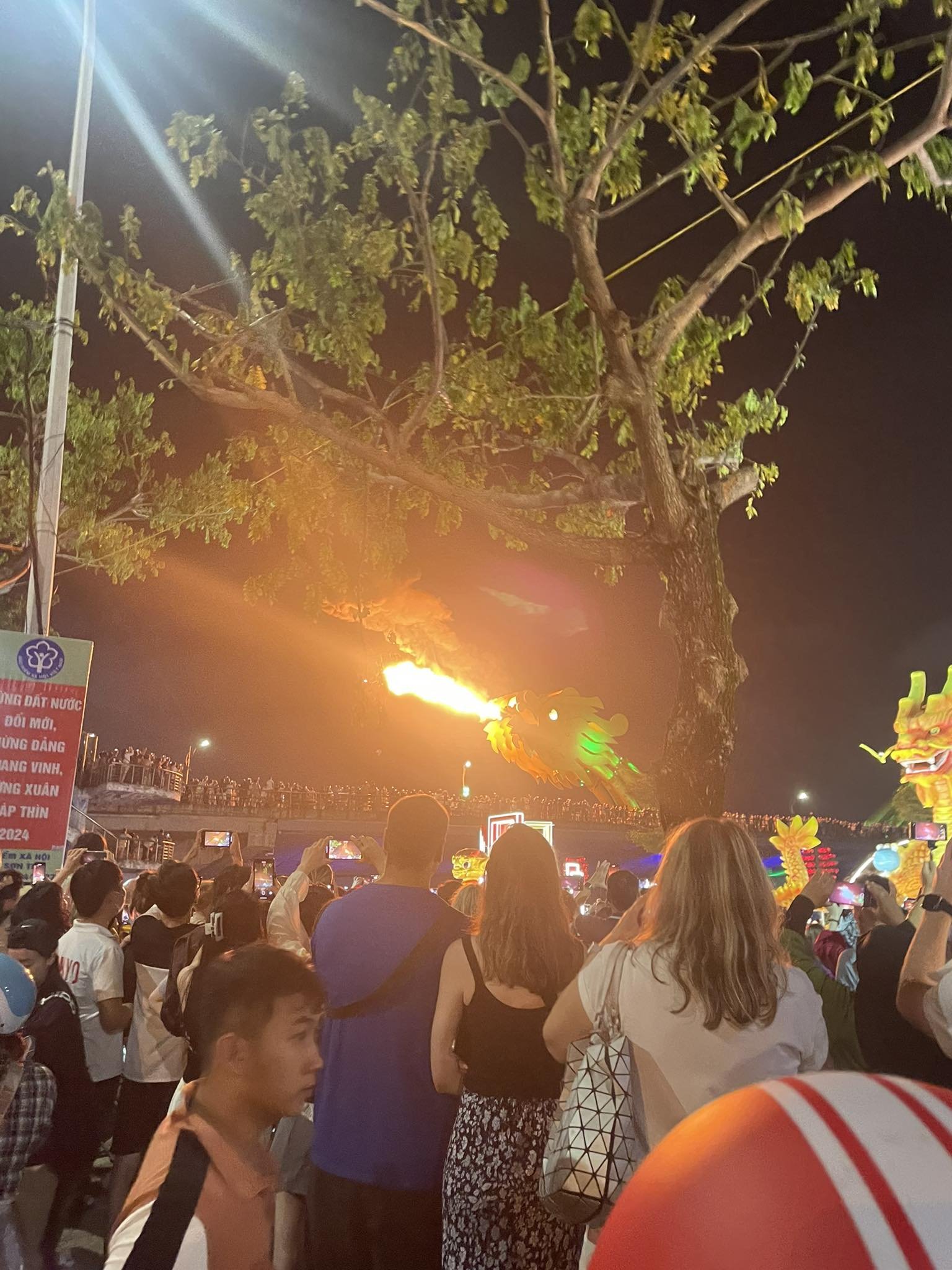
Year of the Dragon! The Dragon Bridge actually breathes fire at night!

Awesome dinner at Tuan's place with his family!


Banana playing a bit of football...


Danang is seafood central!
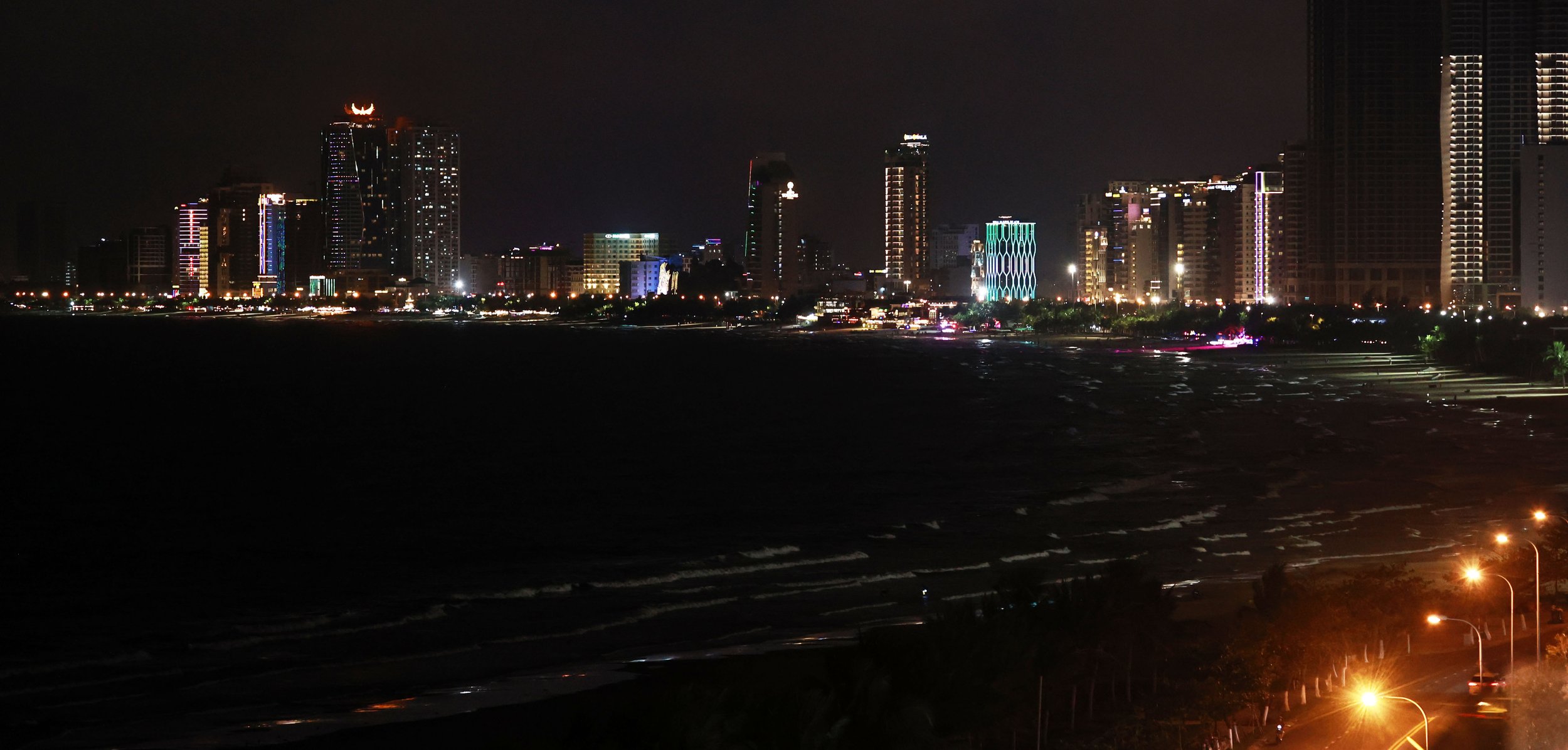
Night time view from our room at the Nguyen Gia Hotel

Giant Quanyin statue in Son Tra

Indochinese Rhesus Macaque (Macaca mulatta siamica) were common on Son Tra Peninsula





Nui Thanh
About an hour and a half south of Danang is the small town of Nui Thanh, which is close to the last remaining populations of the critically endangered Grey-shanked Doucs. This species may number close to 1000 individuals or more, but its habitat being so dramatically fragmented and damaged by Acacia and Eucalyptus plantations, the future of the species is highly questionable. The area we visited to search for them was carpeted with thousands of hectares of Acacia which is a scourge species used to make paper that can exist only in monoculture and is of minimal use to any native species in the region. The doucs are relegated to hill-top forested fragments that exist only because they were too inaccessible to loggers that cleared the areas years ago.
In those forested hilltops one can “try” to get a view of the elusive doucs. Usually from what I understand people are often lucky to get merely a very distant glimpse of one or two peeking through the foliage briefly only to zip back into the canopy out of view. Good photo-ops are rare to impossible unless one plans on several days in the area. After an hour or so of trying to even find them, we did eventually get a very distant view of two or three doing exactly what I expected – peeking through the foliage only to dive back inside out of view!
Well, it was only 10 AM and we did block the entire day for our attempt to see the species, so we decided to wait them out. We did see movement in one area of the forest, so we knew basically where they were. Once it became hot, we knew they were going to go for a nap so we decided to try to wait them out and see if they would show themselves better later in the afternoon. After a few hours of dead quiet, and a nap myself, sure enough they did come out!
Around three PM we were treated to a far better view of a family of 5-6 Grey-shanked Doucs in their natural habitat. They carried on their daily activities right in front of us – a bit distant still but they gave us wonderful, prolonged views. The dominant male of the group gave its “cough-like” warning bark constantly, never taking his eyes off of us, but showing a minimal amount of fear of our presence. Two younger individuals were very curious of us.
Tuan told me that if we were the plantation workers simply carrying on our daily work in the Acacia groves, the doucs would come out without fear and give outstanding views, but the tourists like me are a bit unusual and the langurs don’t yet trust us. I suspect this will improve over time as more tourists come and responsible primate-viewing practices are followed.
We spent the rest of the day following the group through the forest until they finally dipped back out of view. What a great experience! Now as said before this species is not only rarely seen and even more rarely seen well, very few decent images exist of it in their natural habitat! I am not saying my images are Nat Geo-level at all, but they are better than most out there and much better than I expected.
Grey-shanked Douc (Pygathrix cinerea) taking a leap
Full body shot baby!
My first view of the Grey-shanked Douc (Pygathrix cinerea). Evidently this is the normal view for most...

Forest fragment atop the hills near Nui Thanh. This is all that remains of the Grey-shanked Douc's world

Forest fragment above Acacia plantation

Preserving the doucs is a community effort. Here we have the volunteer community member who was our spotter and tracker
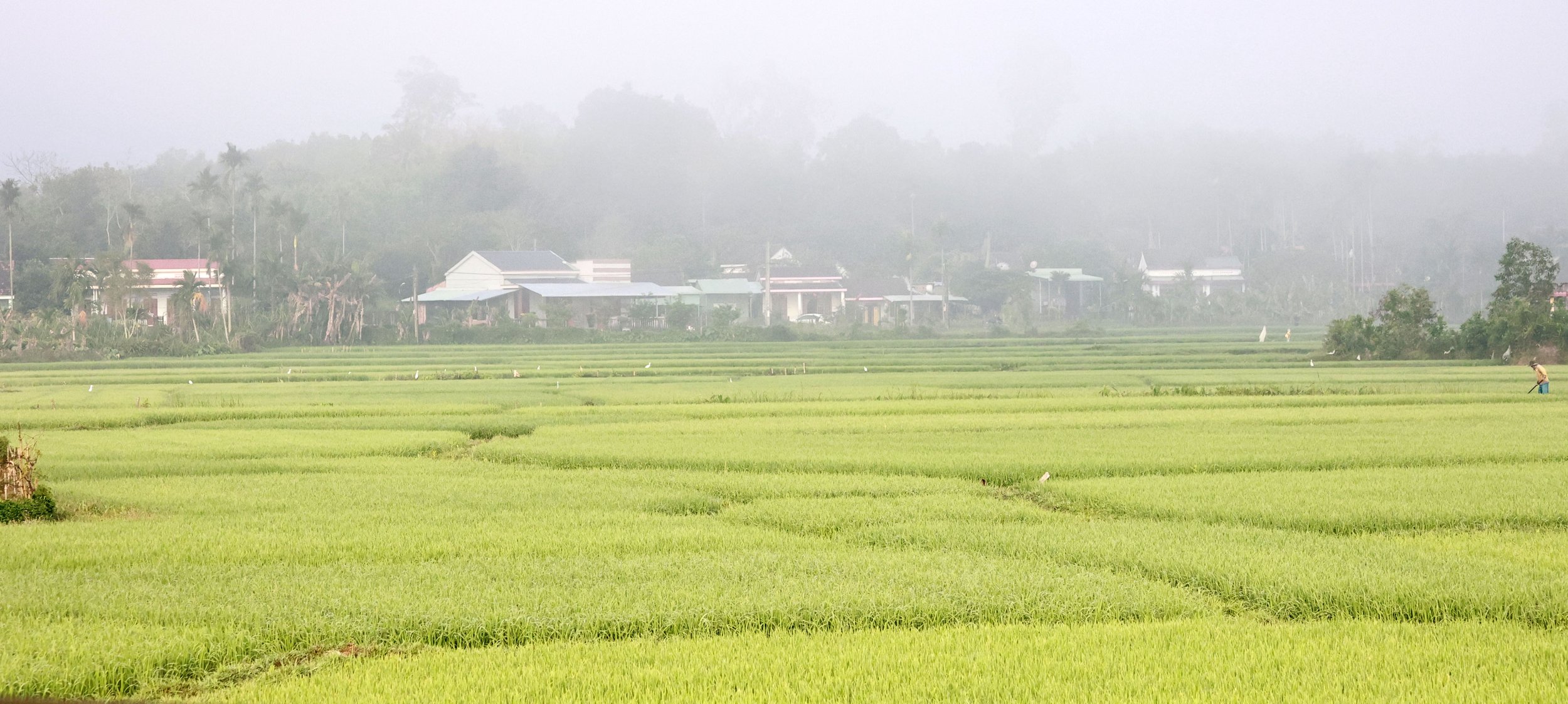
The lovely ricefield countryside near Nui Thanh

Tuan searching for Doucs

Mixed flock of egrets near Nui Thanh


While killing time waiting for the doucs to wake up, I spent time with the water striders
Our last day in Danang was spent relaxing and exploring the city a bit more. The only bummer for the entire trip was when I read our departing flight time wrong and ended up showing up for flight to Bangkok FIVE MINUTES LATE!!!! We missed our flight…. Luckily we were able. secure three seats on a later flight….and it only cost me $1500 US!!!! I will never forgive myself for this screw up. But it does not take away from the awesome time we all had in Viet Nam where we had awesome experiences and made priceless memories. And I ended up with THREE lifers!
Below are some images of the other primates seen in Viet Nam in early trips. I will most likely be visiting Viet Nam again in the coming years for better images of these as well. I mean, it’s only an hour flight from where I live! And if I don’t miss the damn flight, I can make it there for less than $100!
Hatinh Langurs (Trachypithecus hatinhensis) actually sleeping on the limestone cliffs! Incredible
The Hatinh Langurs take cliff-face climbing to a new level
Black-shanked Douc (Pygathrix nigripes) from Cat Tien National Park

Northern Pygmy Slow Loris (Xanthonycticebus pygmaeus) Phong Nga NP

Northern Pygmy Slow Loris (Xanthonycticebus pygmaeus) Phong Nga NP

Southern Pygmy Loris (Xanthonycticebus intermedius) Cat Tien NP























































